«In the heart of Asia lies the boundless, mysterious and rich Mongolia. From the snow-capped slopes of the Tian Shan and the scorching sands of western Zungaria to the wooded buttresses of the Saian Mountains and the Great Wall of China, it stretches across a huge portion of Central Asia. Cradle of countless peoples, stories and legends; homeland of bloodthirsty conquerors who have left their capitals covered by the sand of the Gobi, their mysterious rings and the ancient laws of the nomads; land of monks and evil demons, of wandering tribes administered by the Khans, descendants of Genghis Khan and Kublai Khan: such is Mongolia.
Mysterious district of the cults of Rama, Sakiamuni, Djonkapa and Paspa, cults guarded by the living Buddha, Buddha incarnated in the divine person of the third dignitary of the Lamaist religion, Bogdo Gheghen a Ta Kure or Urga; land of mysterious healers, prophets, sorcerers, soothsayers and witches; homeland of the swastika symbol; a country that has not forgotten the thoughts of the great powers who once reigned in Asia and half of Europe: such is Mongolia. "
(FA Ossendowski, "Beasts, men, gods", incipit ch. XVII, "Mysterious Mongolia")
As some of you readers probably already know, the month of August saw me on a trip to Mongolia — especially in the northern region bordering Siberia - during which, with the support of the Bolod guide (http://www.bolodtours.com/) I had the opportunity to visit the most significant places, to learn the habits and customs of the nomadic population and to collect material for a series of articles that will be published on AXIS mundi as well as on other publications. Pending the publications in question, I decided to publish a report photographic (divided into two parts) of the journey, accompanied by short notes, with the aim of bringing the reader closer to the discovery of the Mongolia first of all from a visual point of view.
[Click on the photos to view them in full screen]
1 — Gorkhi-Terelj National Park
and Aryabal Buddhist Meditation Center.
Being located less than 40 km away from Ulan Bator, the Gorkji-Tereji National Park is the favorite destination for the inhabitants of the capital, who here seek a bit of tranquility from the metropolitan tram-tram. Impressive rock formations immediately welcome visitors, starting with the famous one Turtle Rock, a true symbol of the park. A visit to the Buddhist monastery of Aryabal is mandatory: the path through which you reach the actual temple is designed as a way of meditation and reflection and is dotted with 72 signs on which 144 Buddhist teachings are imprinted (on the front and back), in English and Russian language. When you reach the top you get to the main temple and, on the left, to the so-called Kalachakra Cave, dedicated to Milarepa. Buddhist deities and guardian spirits are depicted on the rocks behind the temple. The actual temple is decorated with images of Arhats, described in Buddhist doctrine as "enlightened masters" who have achieved liberation from the samsaric cycle of death and rebirth. The Tibetan word Arhats it literally translates as "those who have destroyed the oppositions of (earthly) afflictions".
2 — Buddhist festival at the Amarbayasgalant Monastery.
This festival, which takes place every year in August, attracts the faithful and onlookers from every corner of the country (and beyond, one might say by observing all the Chinese families present). More than in Mongolia it actually seems to be in Tibet: among all the exhibition stalls only two are managed by Mongols - one that sells scrolls on which the characters of the traditional language are imprinted Uighur and the other which exhibits animal skins, mostly sheep. The protagonists of the event are the lamaist monks, who intoning the sutra during the morning ceremony they promise healing (or better economic fortune ...) to the faithful who flocked in large numbers. Epperò the deepest soul of the festival can only be experienced on the immense lawn that surrounds the monastery, where hundreds of people camp out and drink for three nights. airak and gulp down the typical mutton-based dishes. The atmosphere at the same time relaxed and chaotic meant that this festival was called "the Woodstock of Asia" ... but without drugs.
3 - The life of nomadic shepherds.
Of the three million people currently living in Mongolia, about one million lead the same existence as their ancestors, as if time had stopped: they are nomadic shepherds, they practice pastoralism and seasonal transhumance, they raise sheep, horses and cattle (including which the characteristic yaks) from which they get all the sustenance they need (food, milk, clothing, transport). This is the highest concentration of farmed animals on the planet, which counterbalances the statistic that Mongolia is the country with the lowest population density in the world. Precisely by virtue of this peculiar lifestyle, the Mongolian shepherds have conceived a particular house with a cylindrical base, whose origin is lost in the mists of time: the ger, better known in the West as yurt. It is a round structure made up of easily removable walls, rods and a spherical puff covered with sheets and felt, held together by ropes; it was designed to be light enough for transport, flexible to be folded easily and loaded onto wagons during seasonal transhumance periods, resistant to numerous assembly and disassembly and equipped with a practical system to regulate the internal temperature - in the center of the ger a stove is placed whose smoke comes out, through a pipe, for the garlic, a round window located on the ceiling.

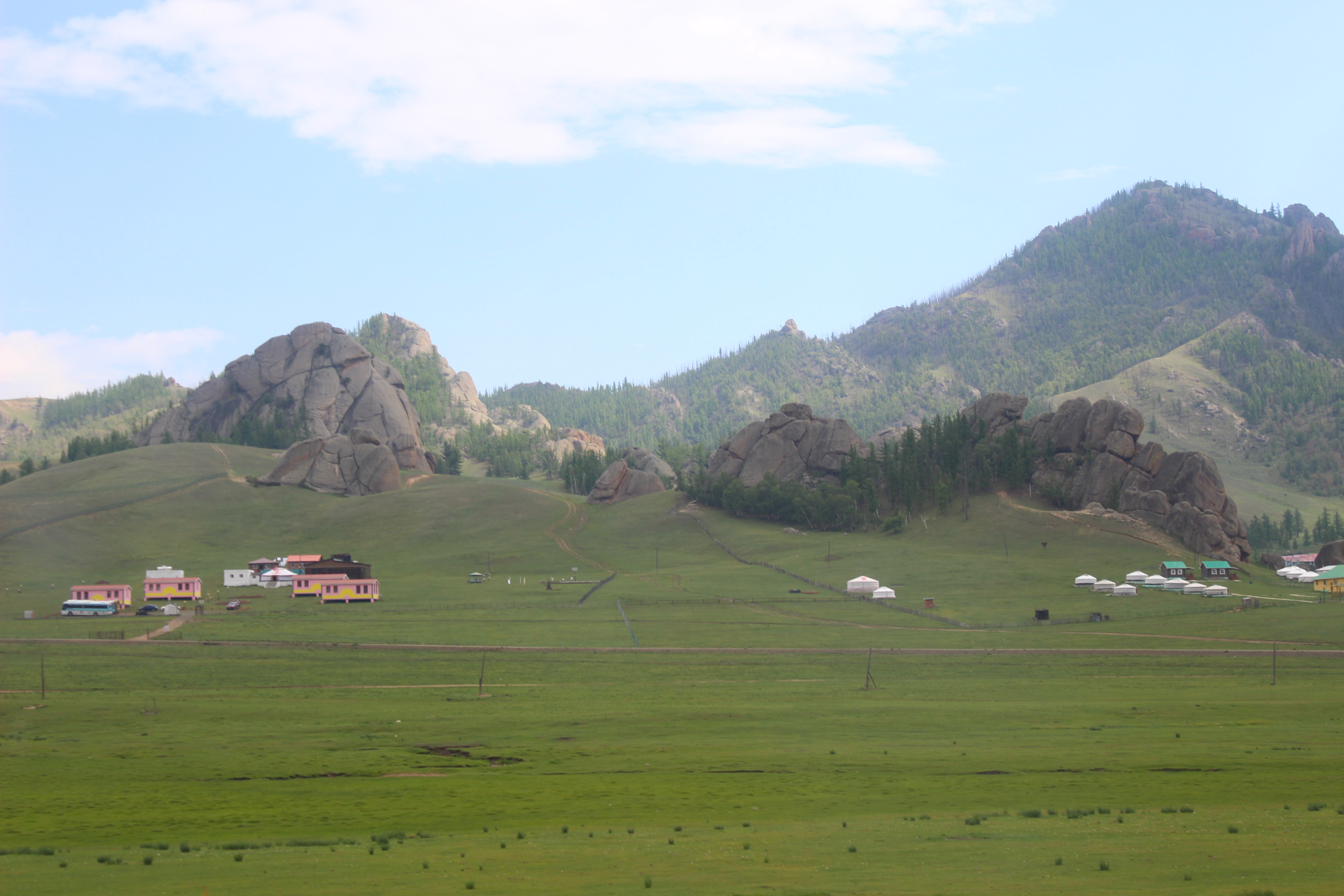
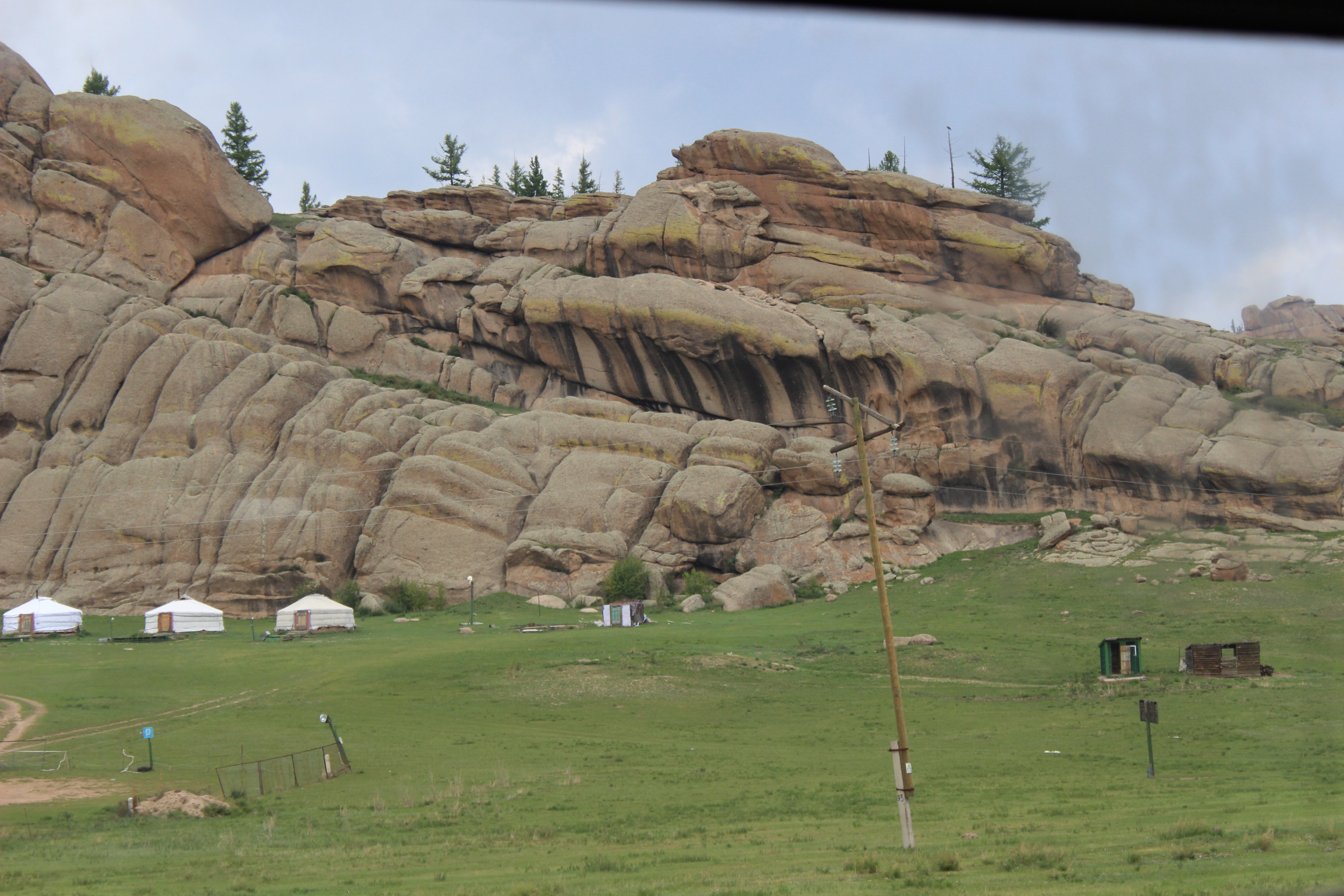
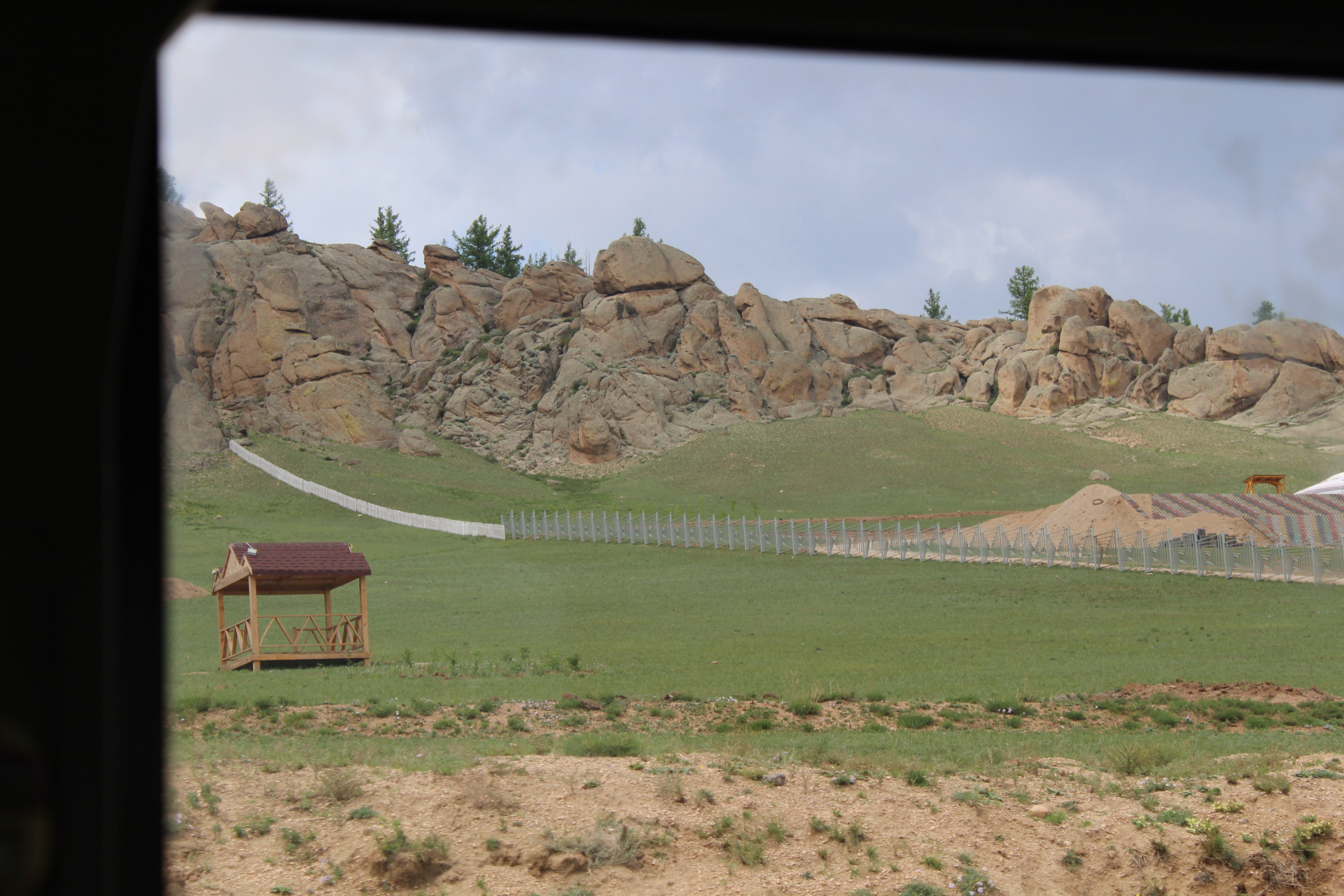

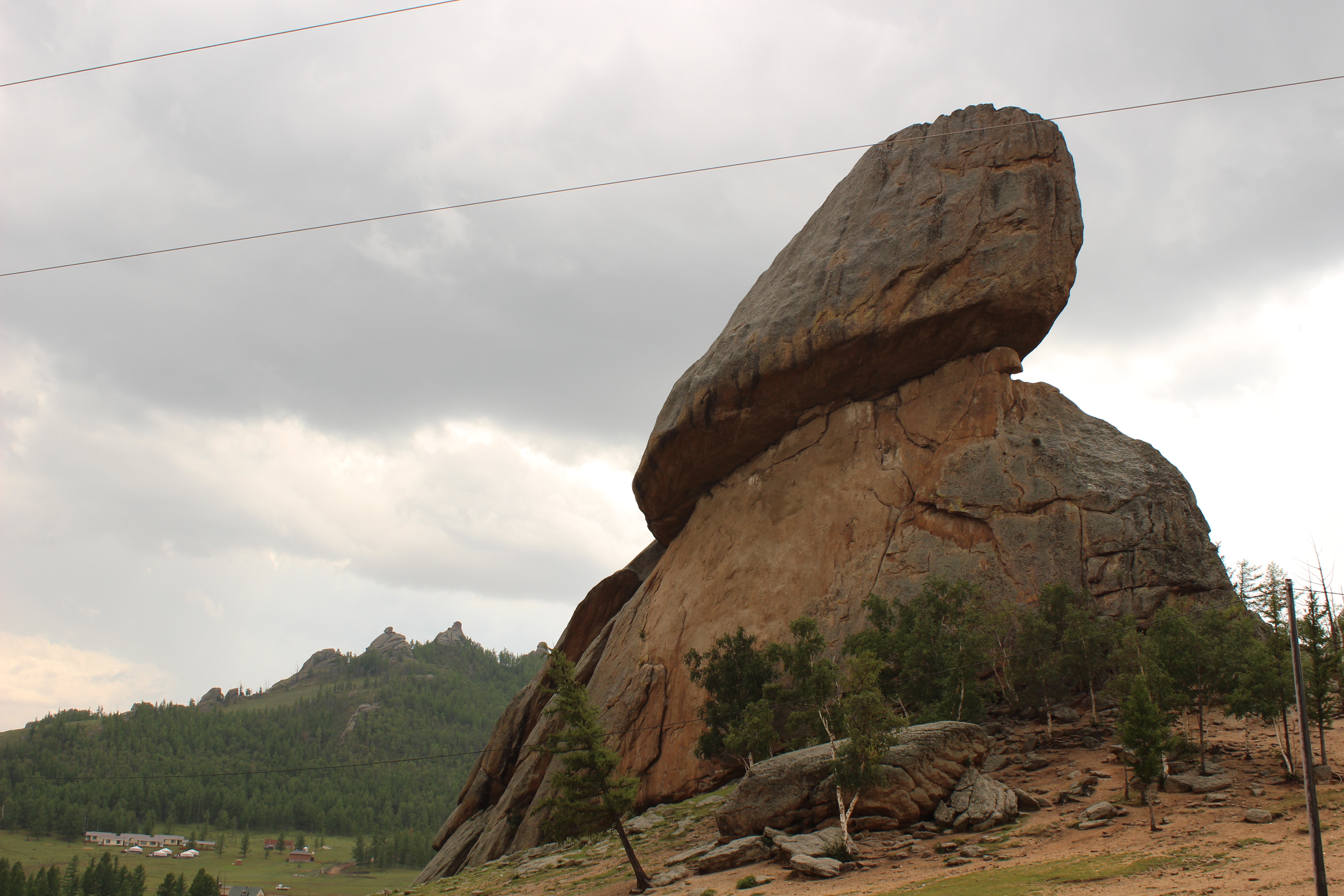




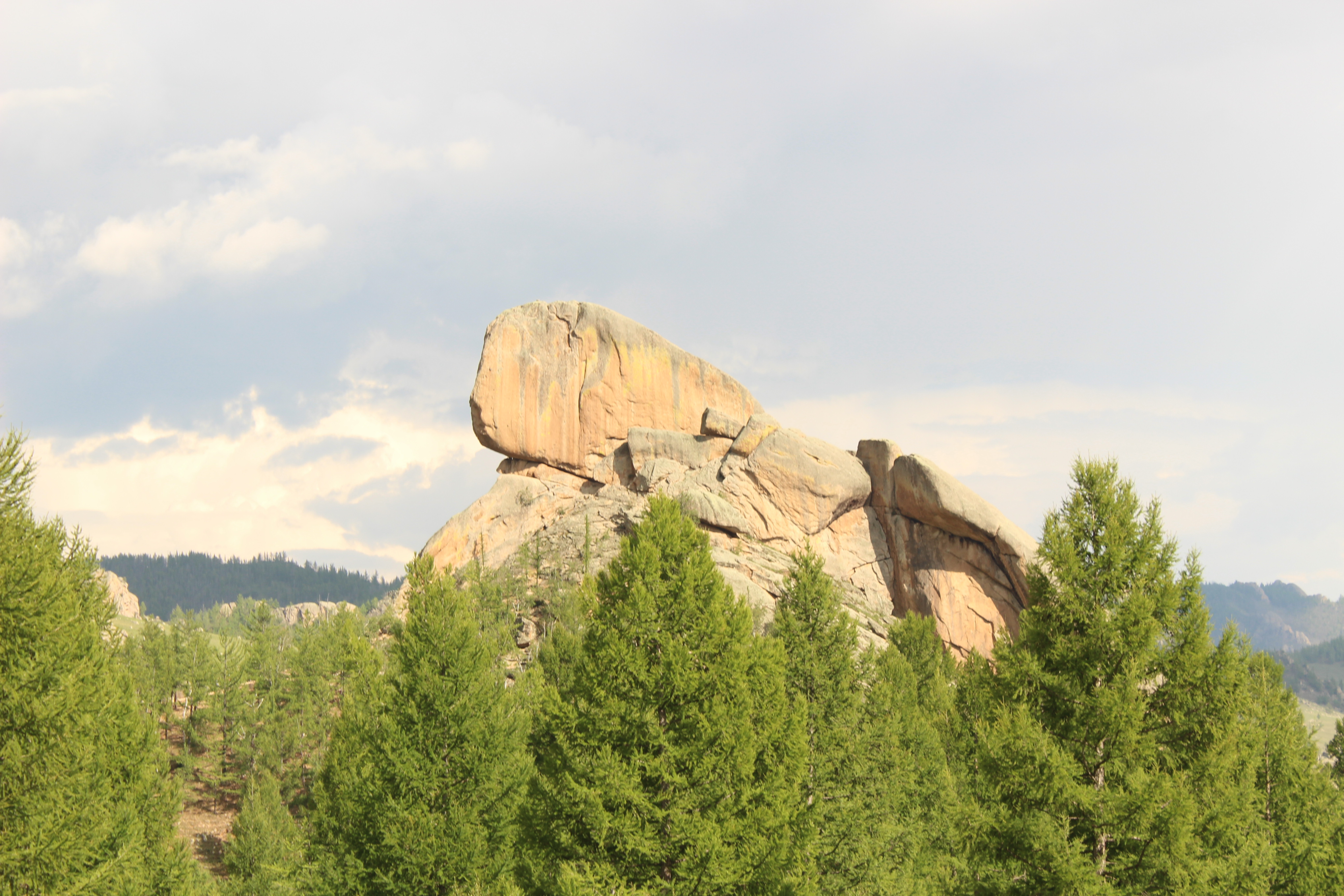







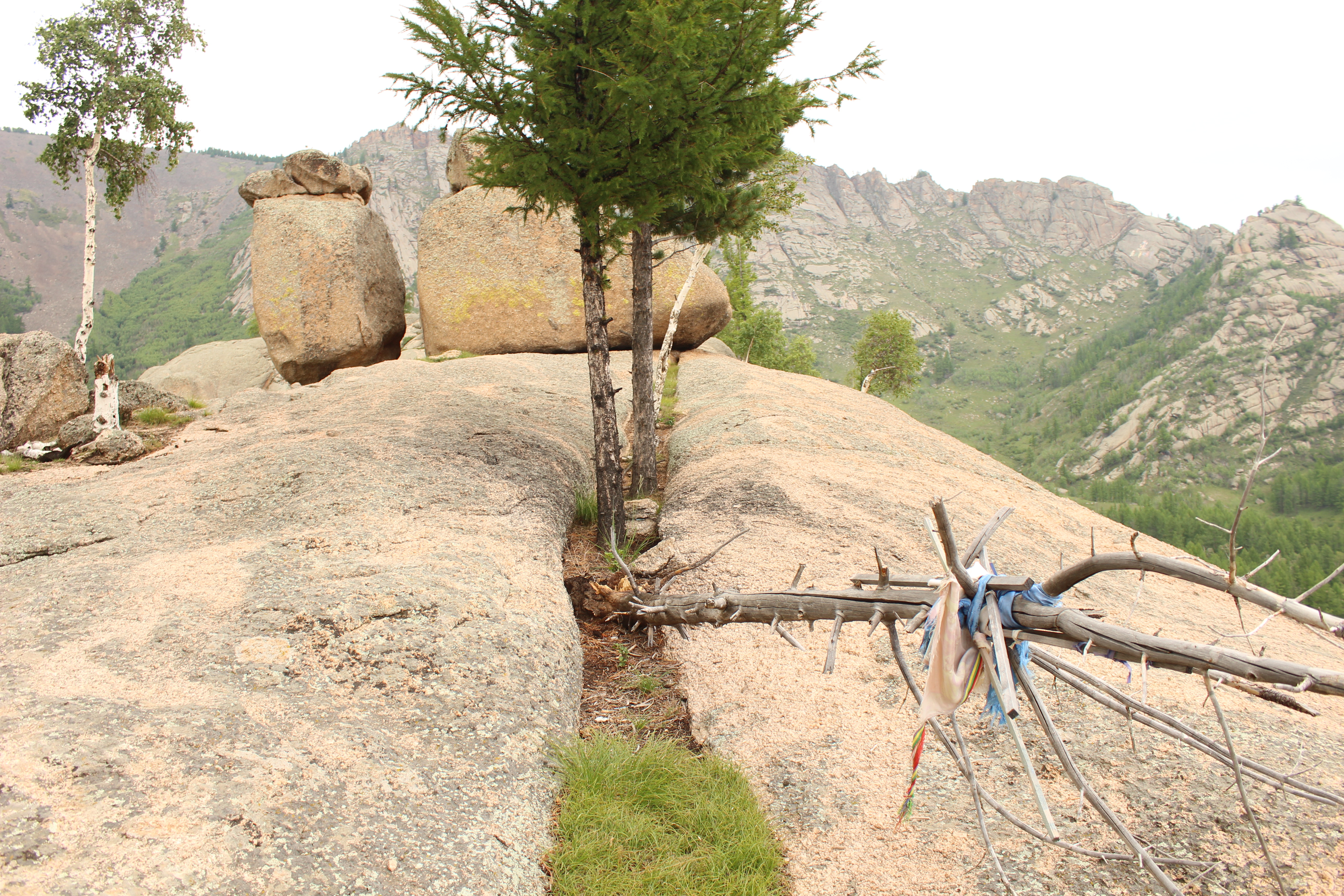
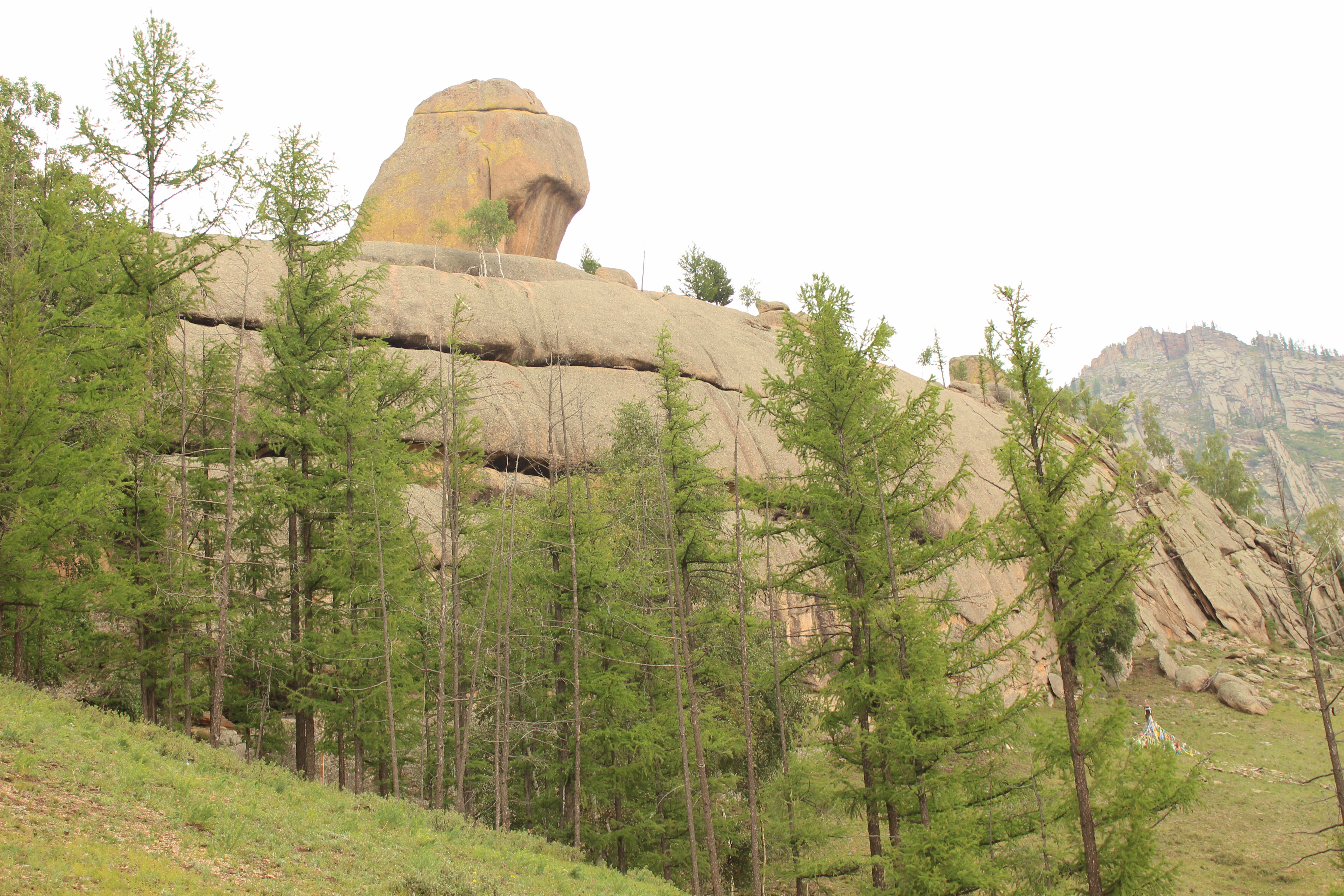

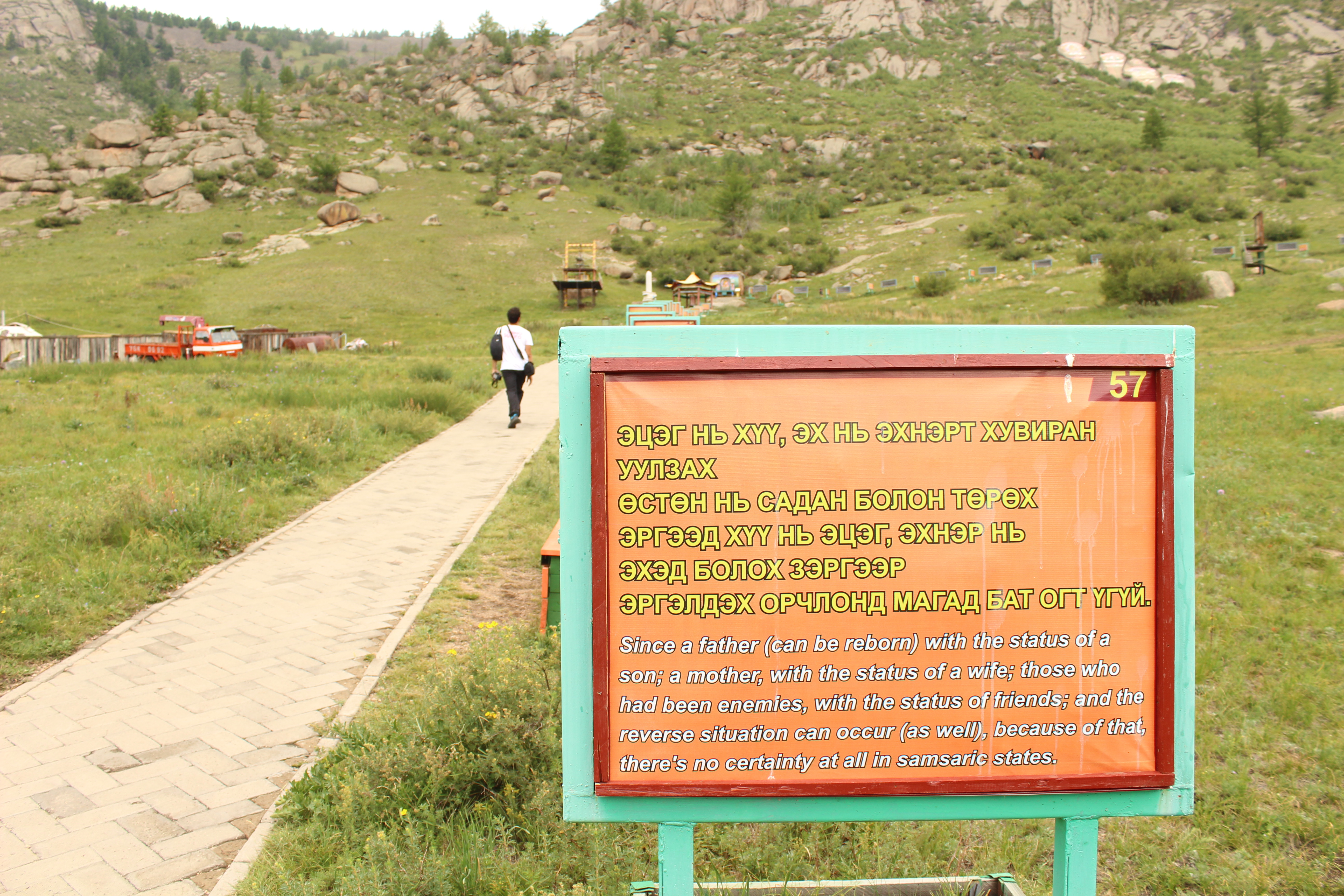

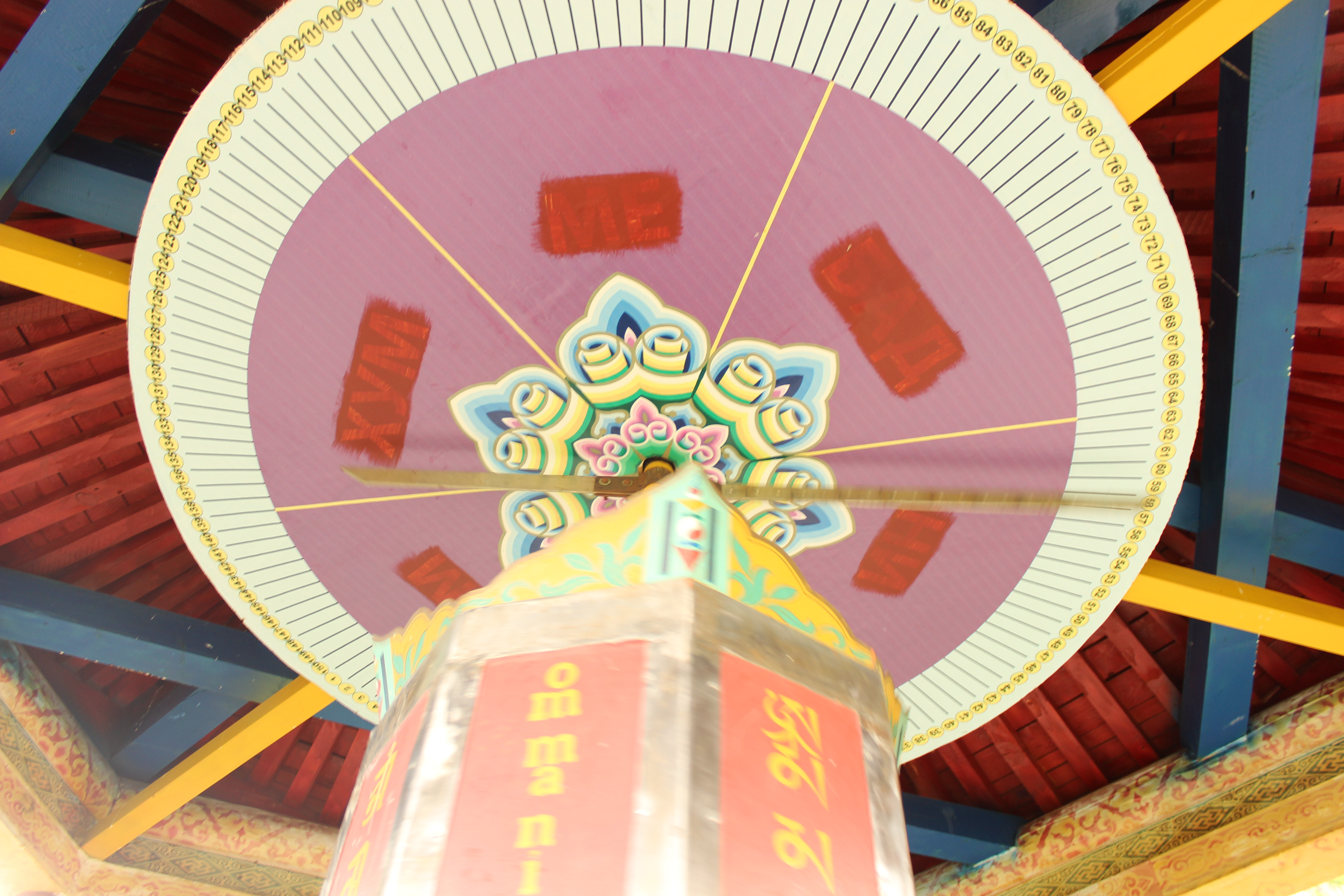


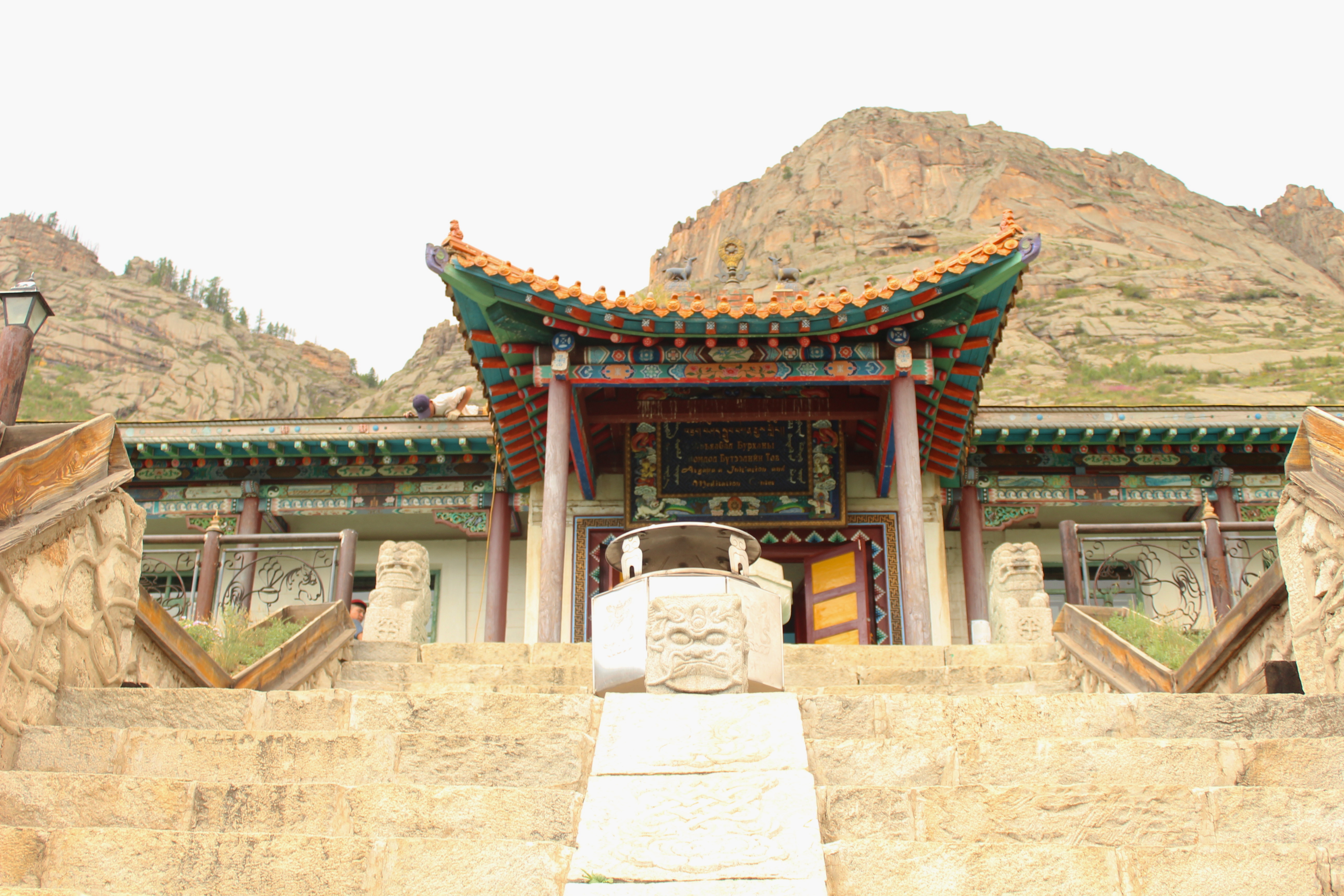
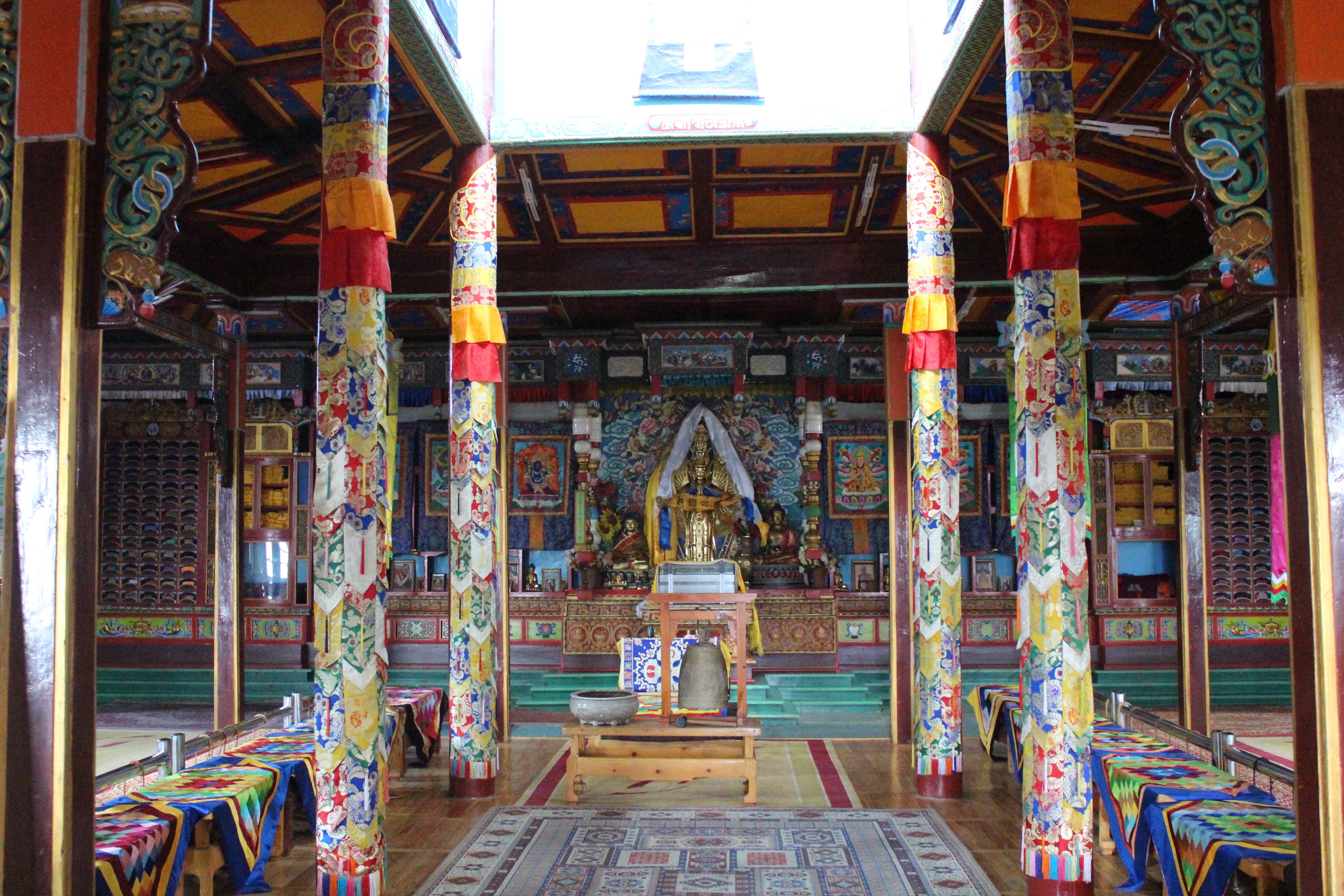
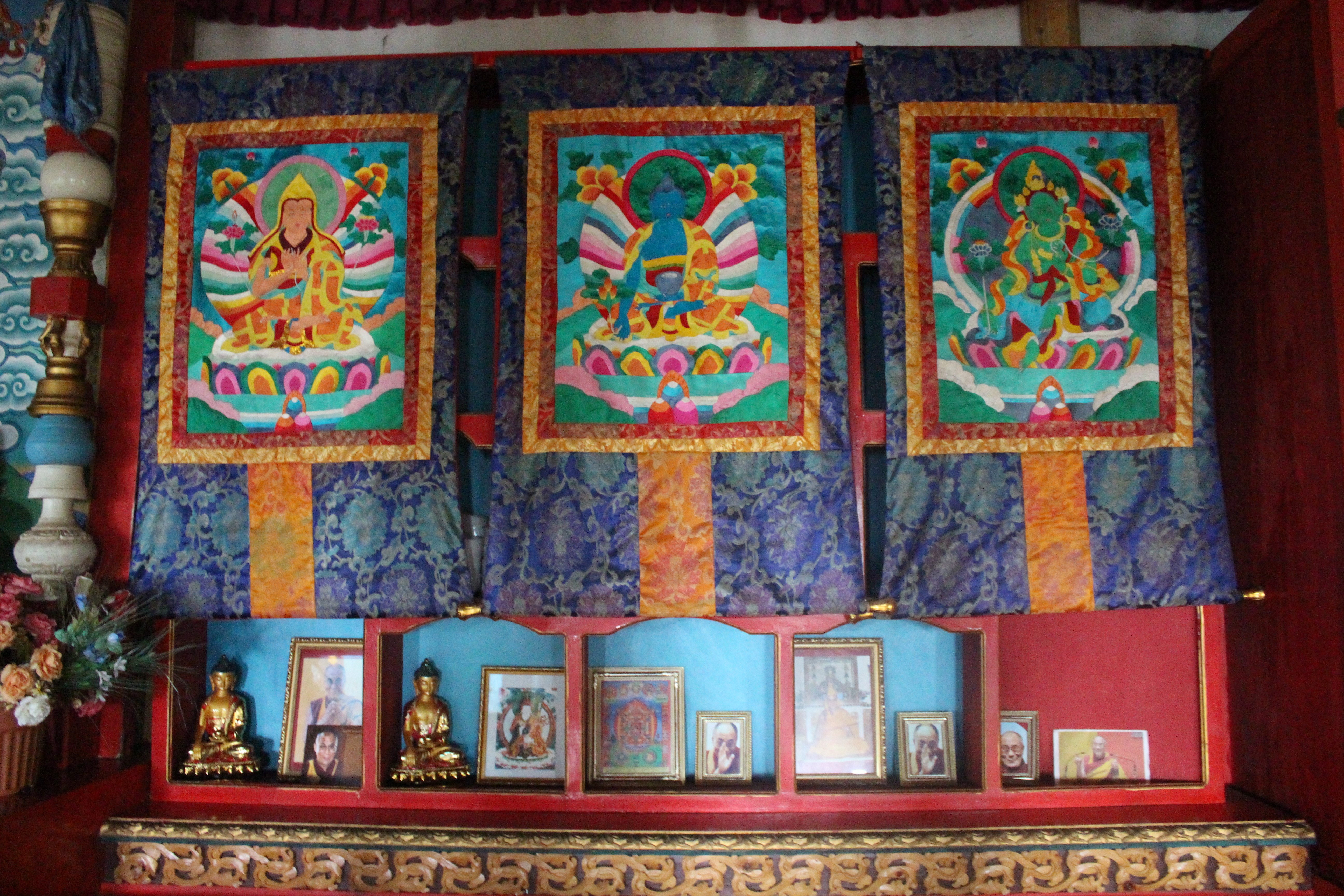


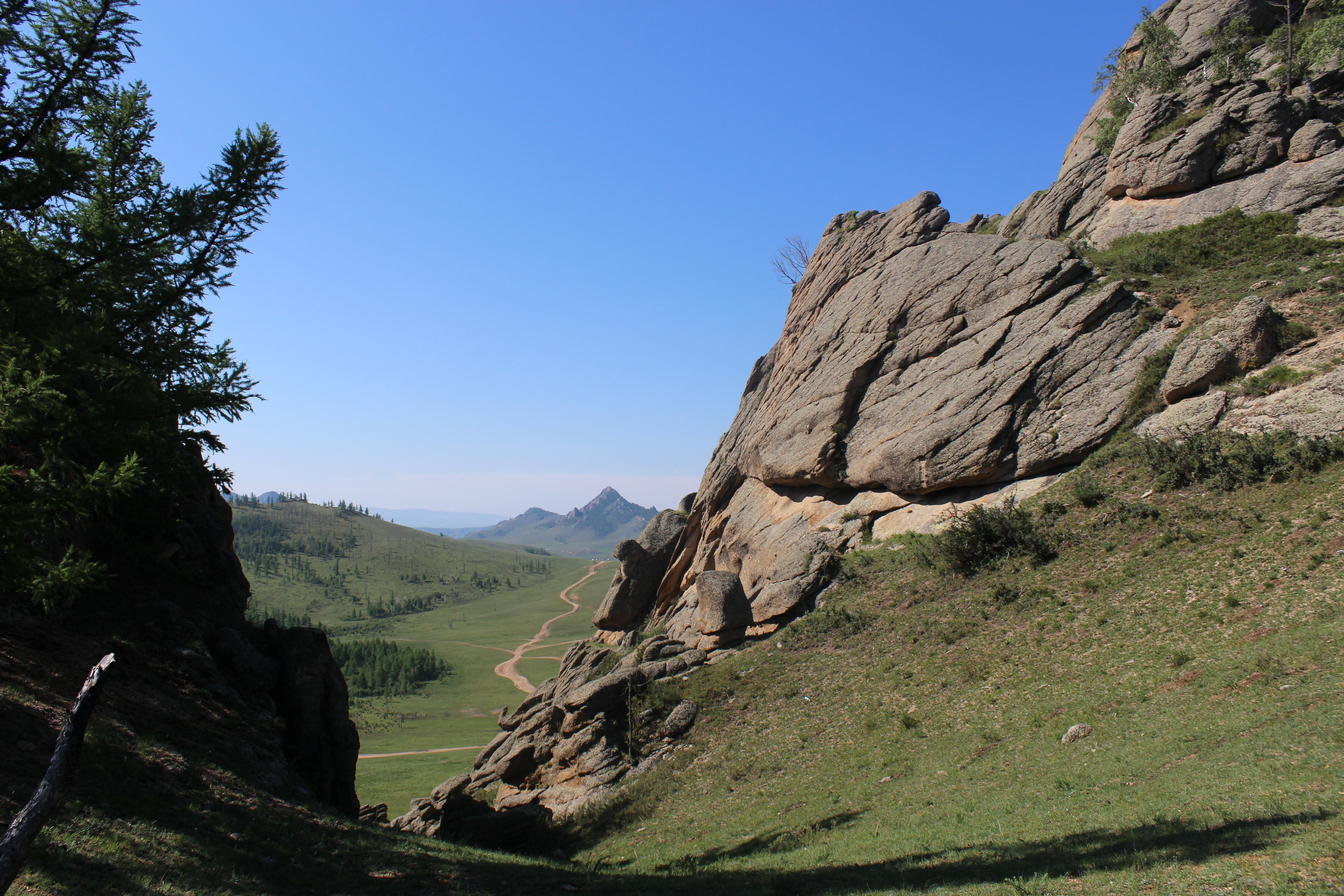


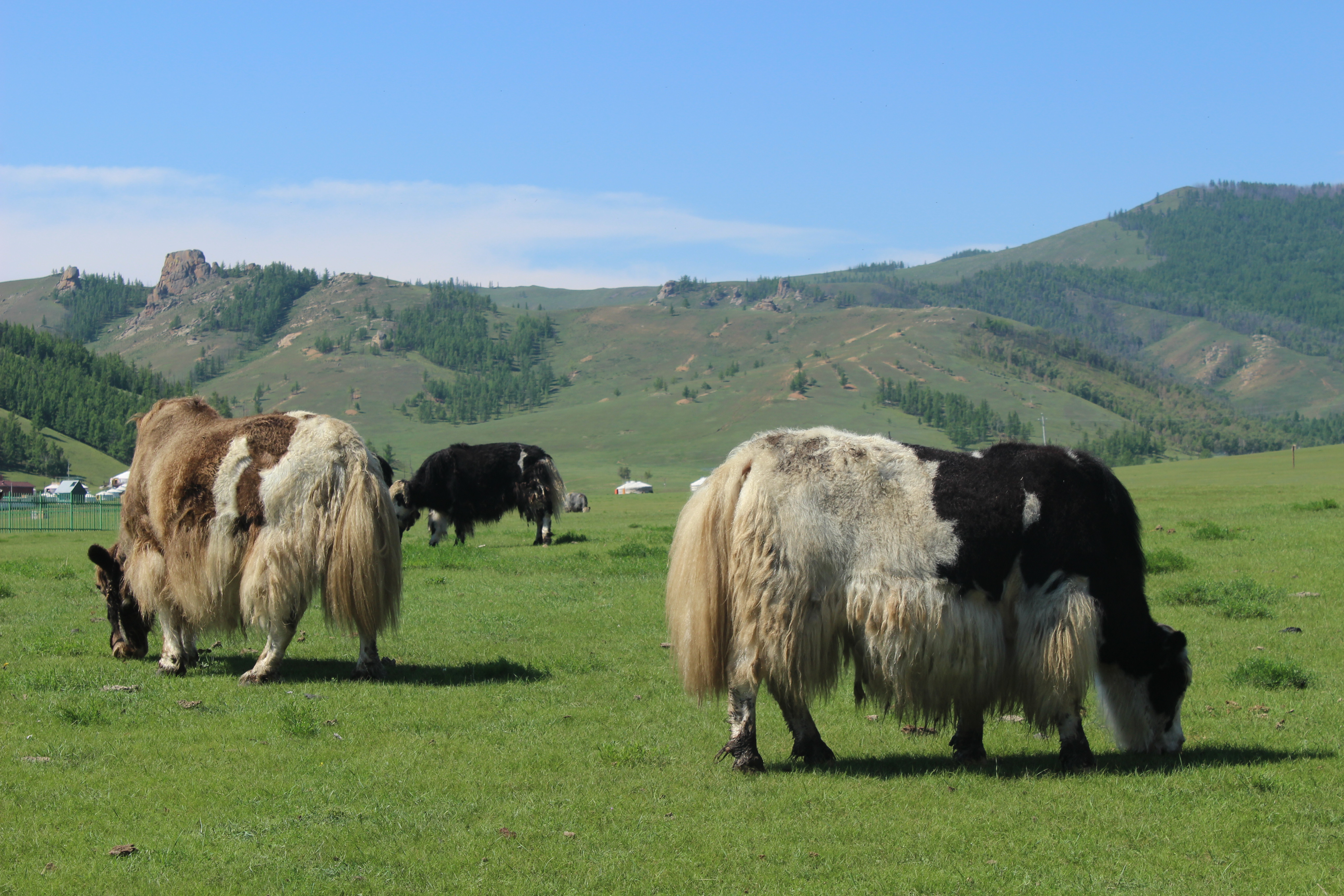
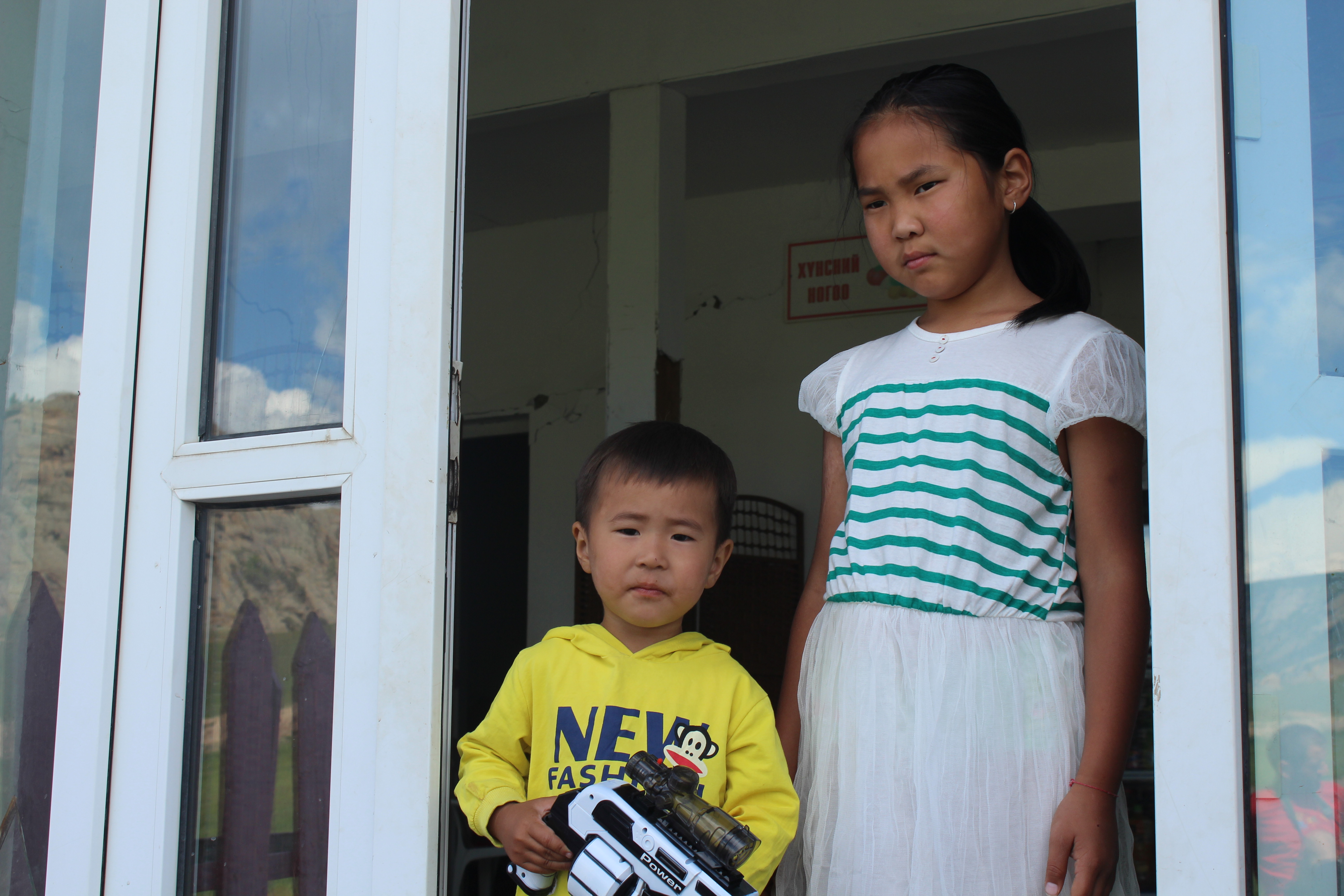

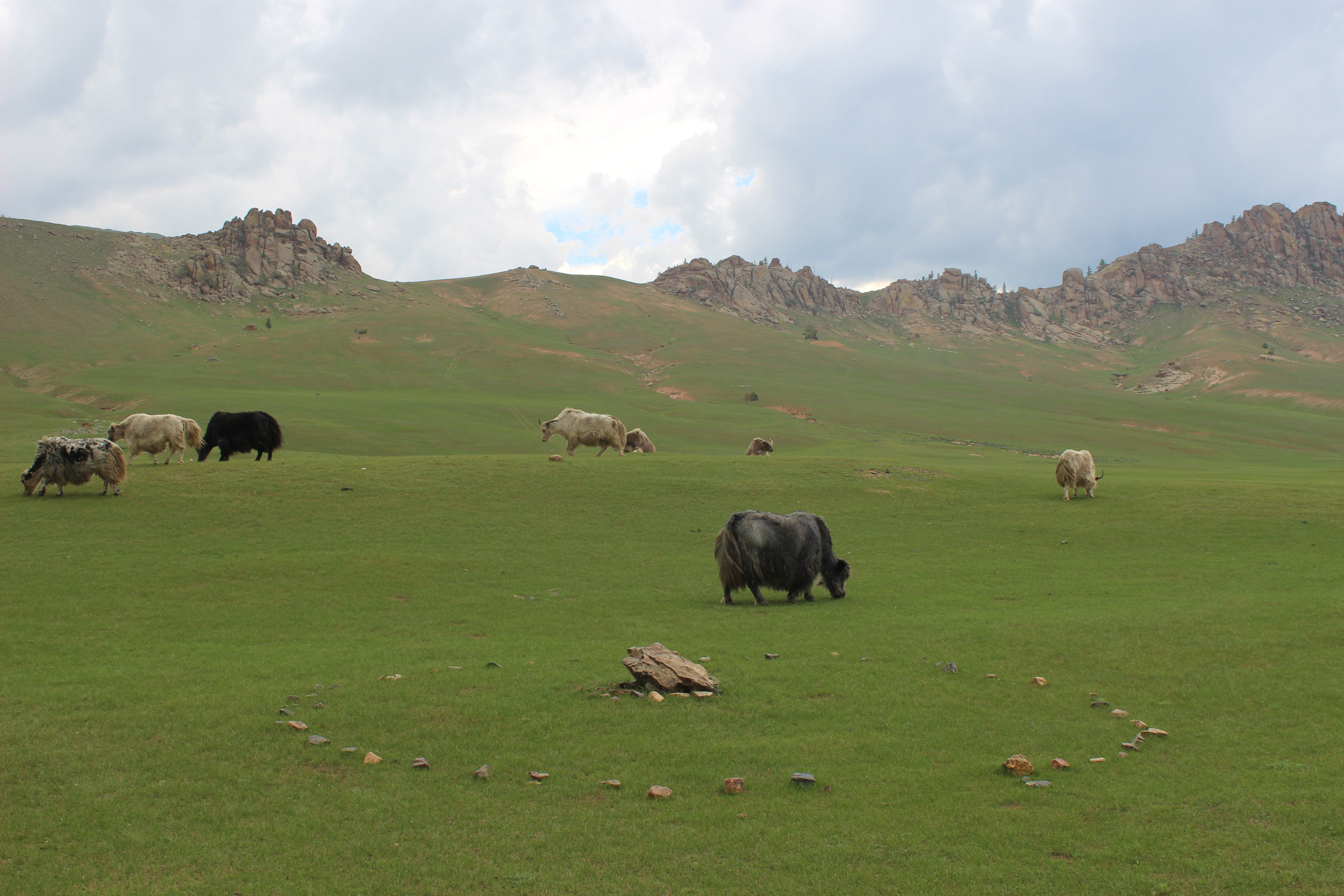
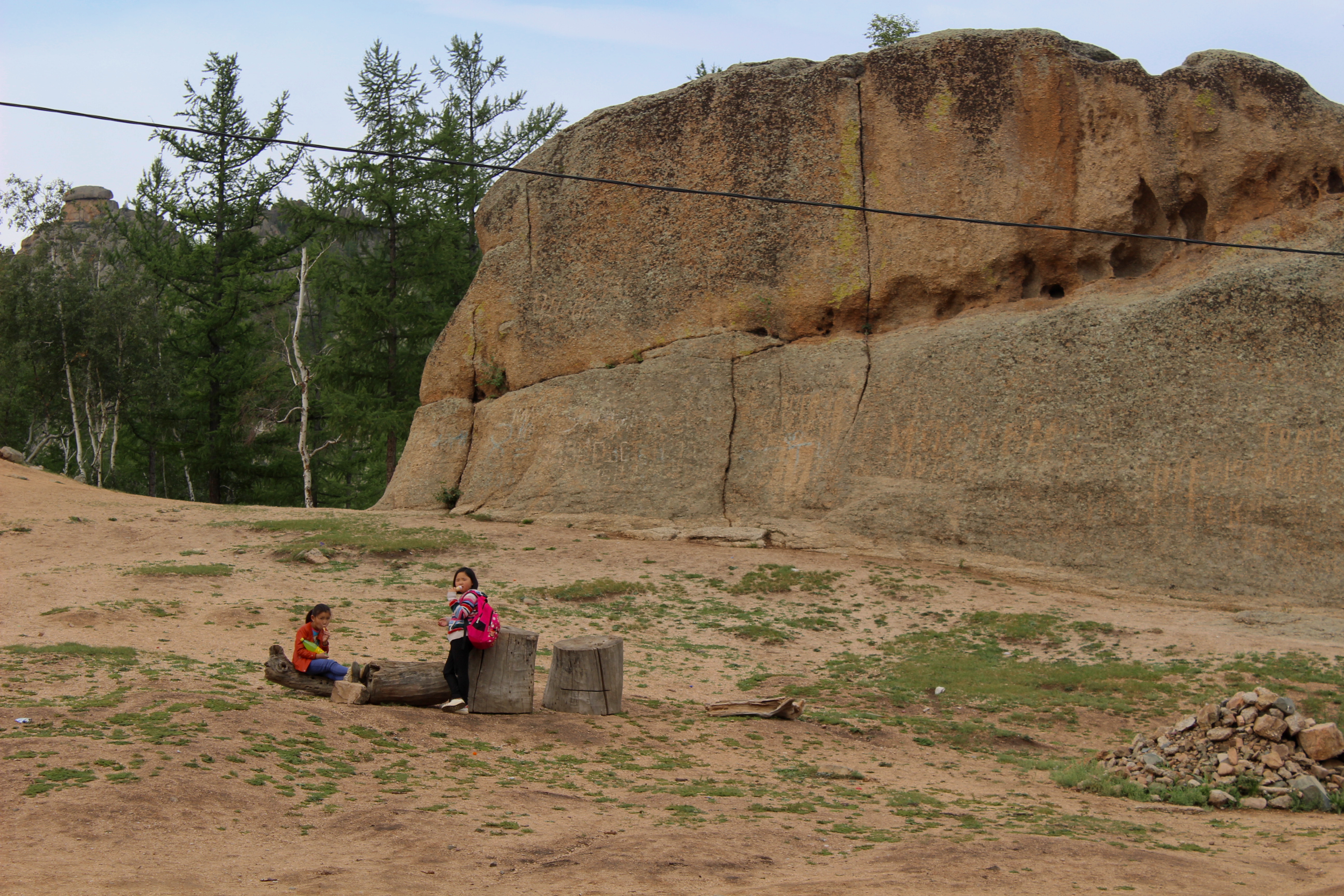


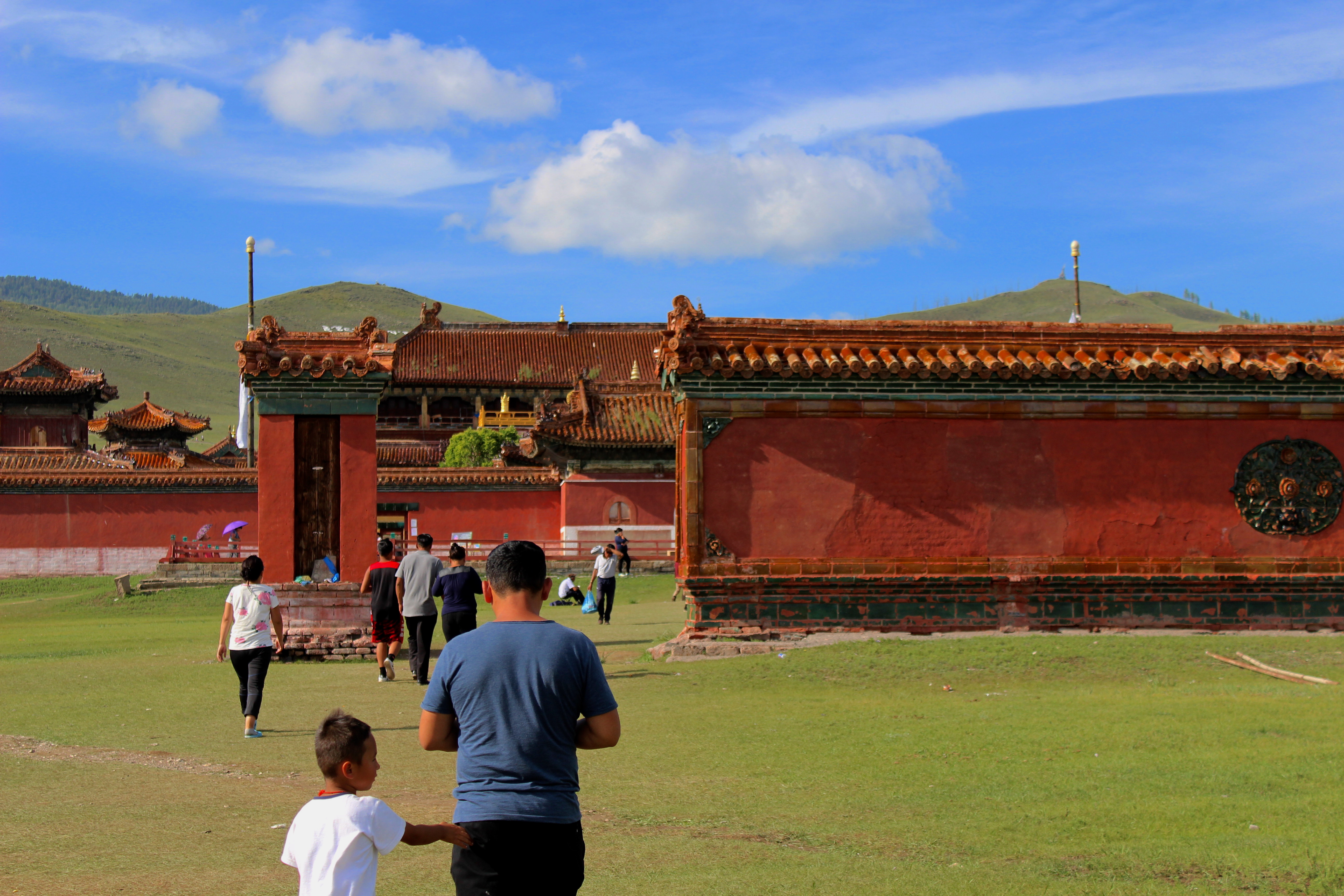
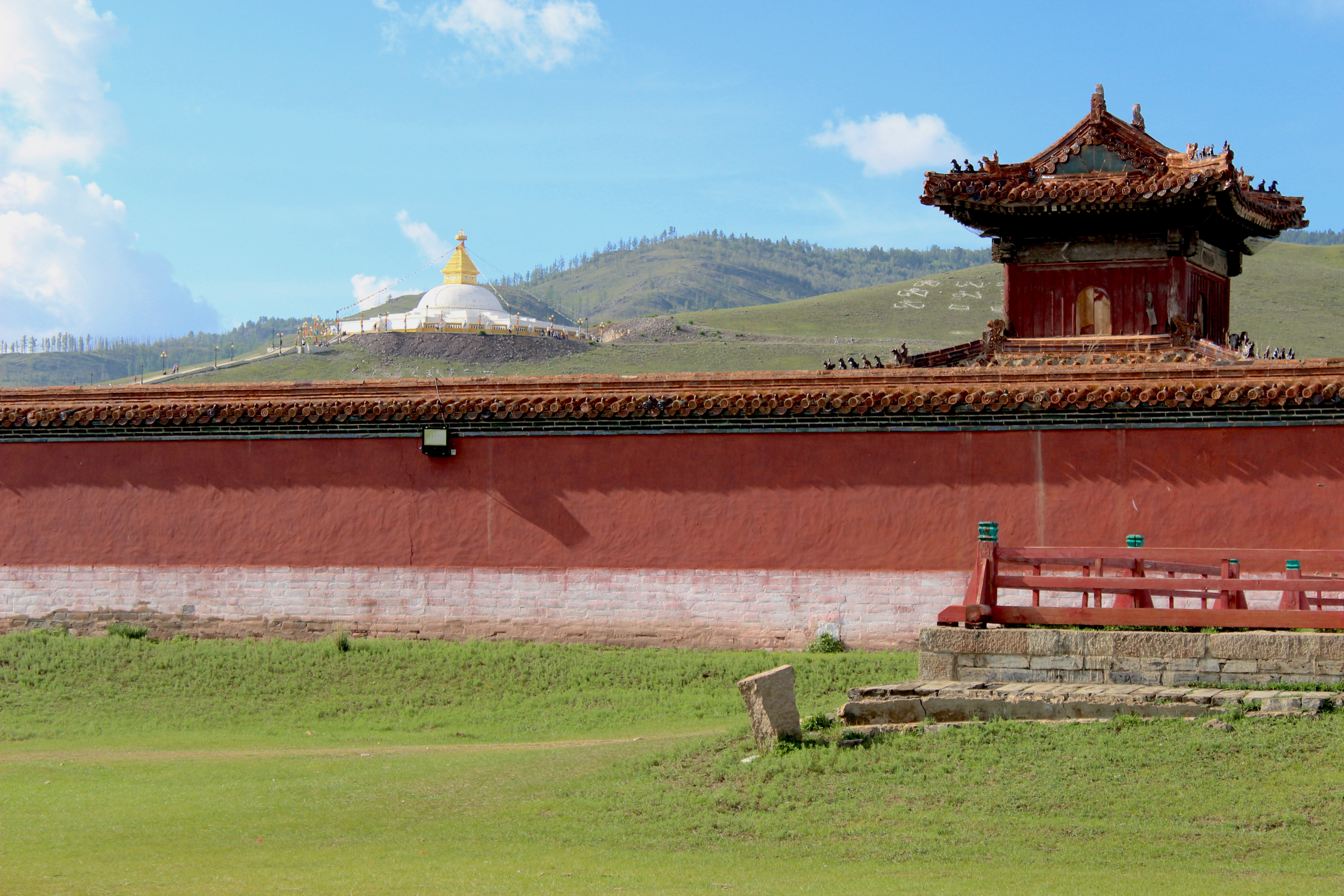
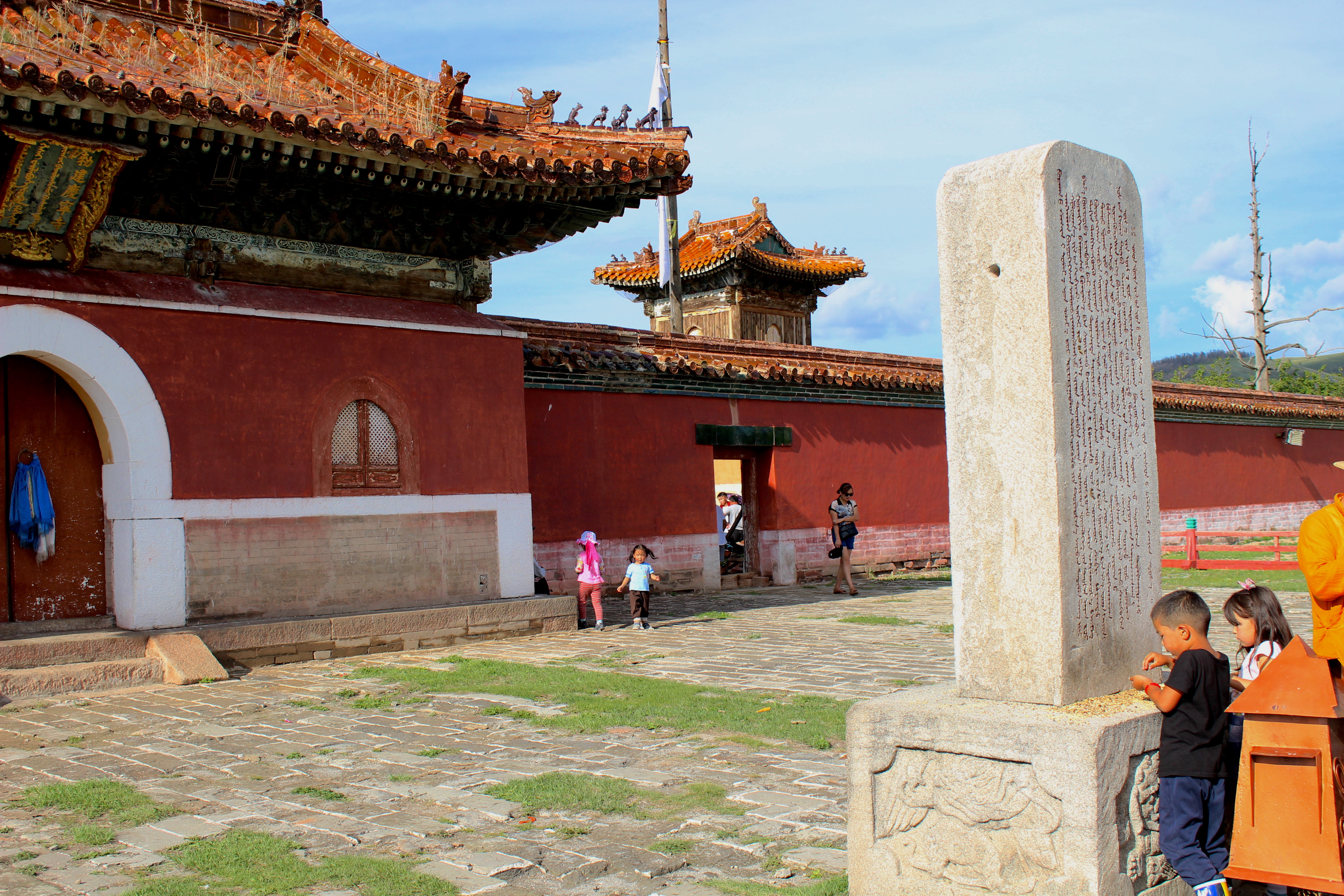
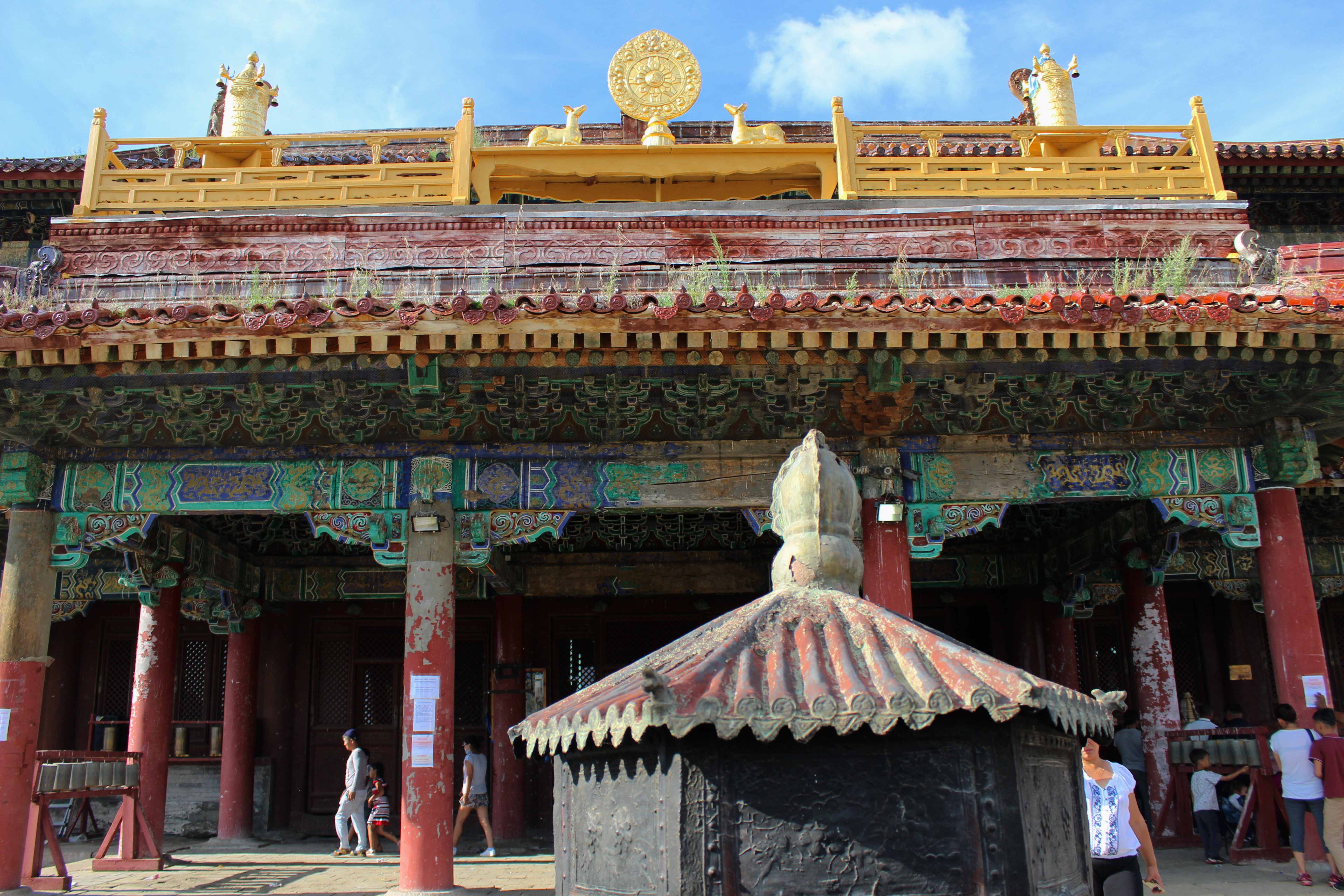
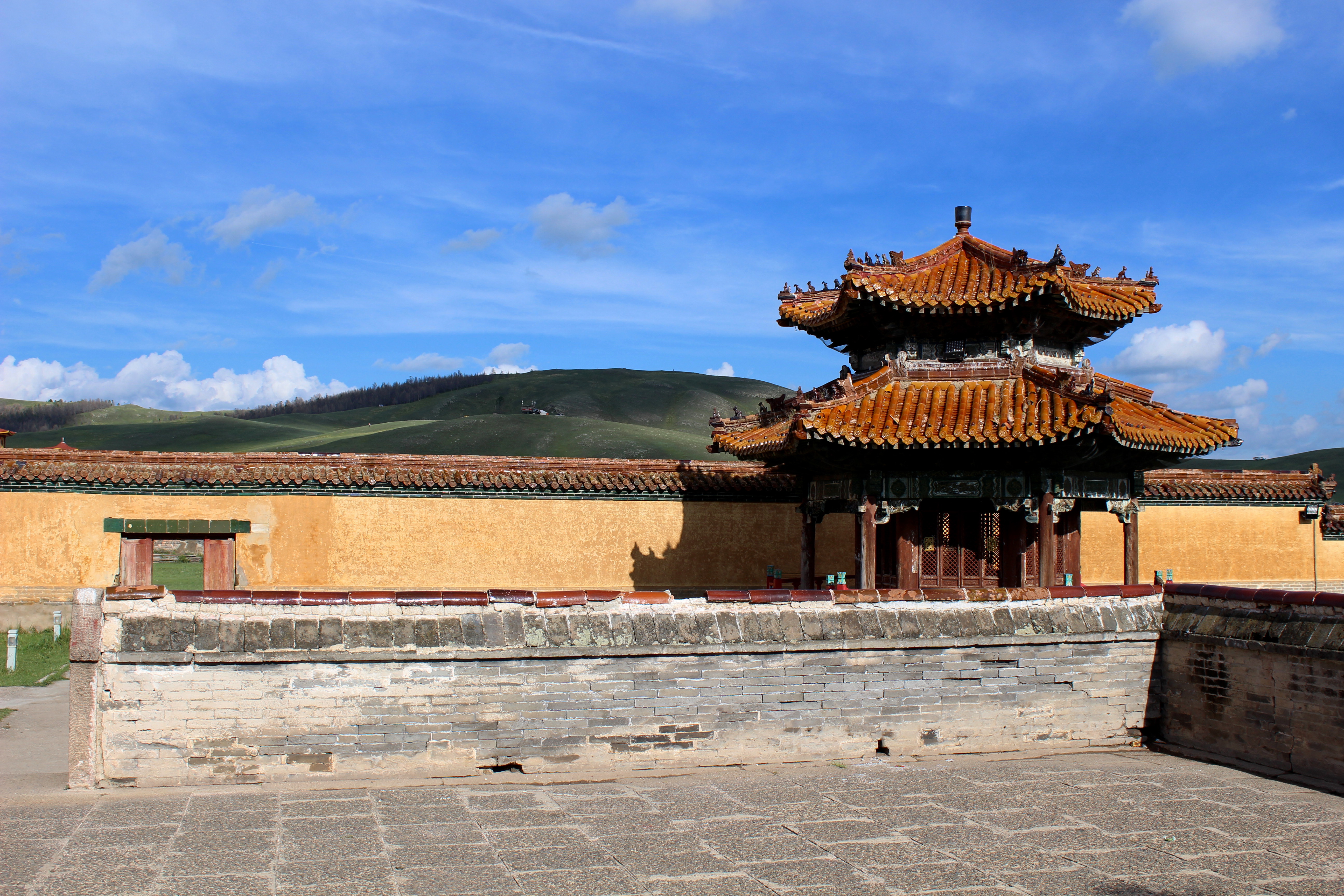



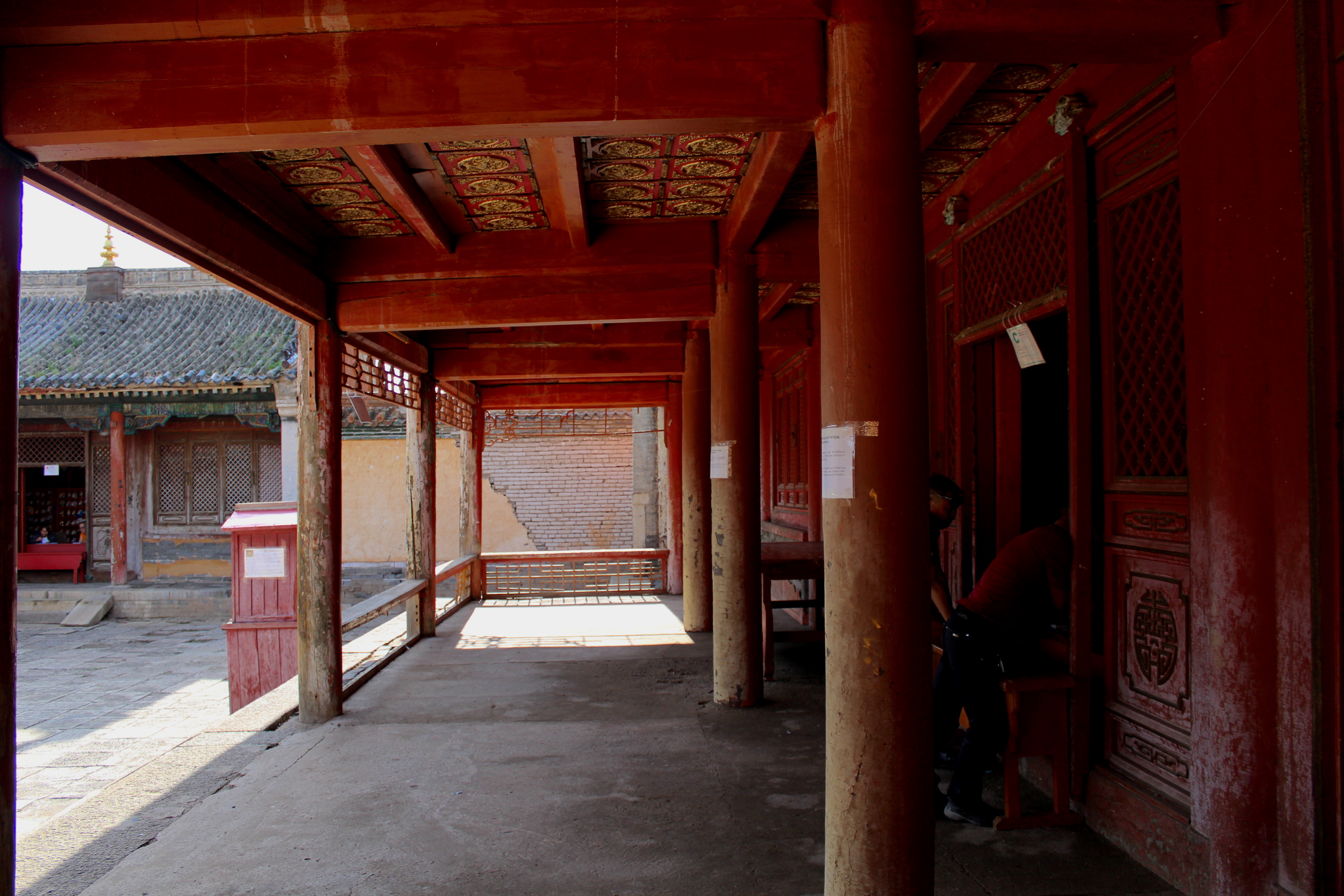

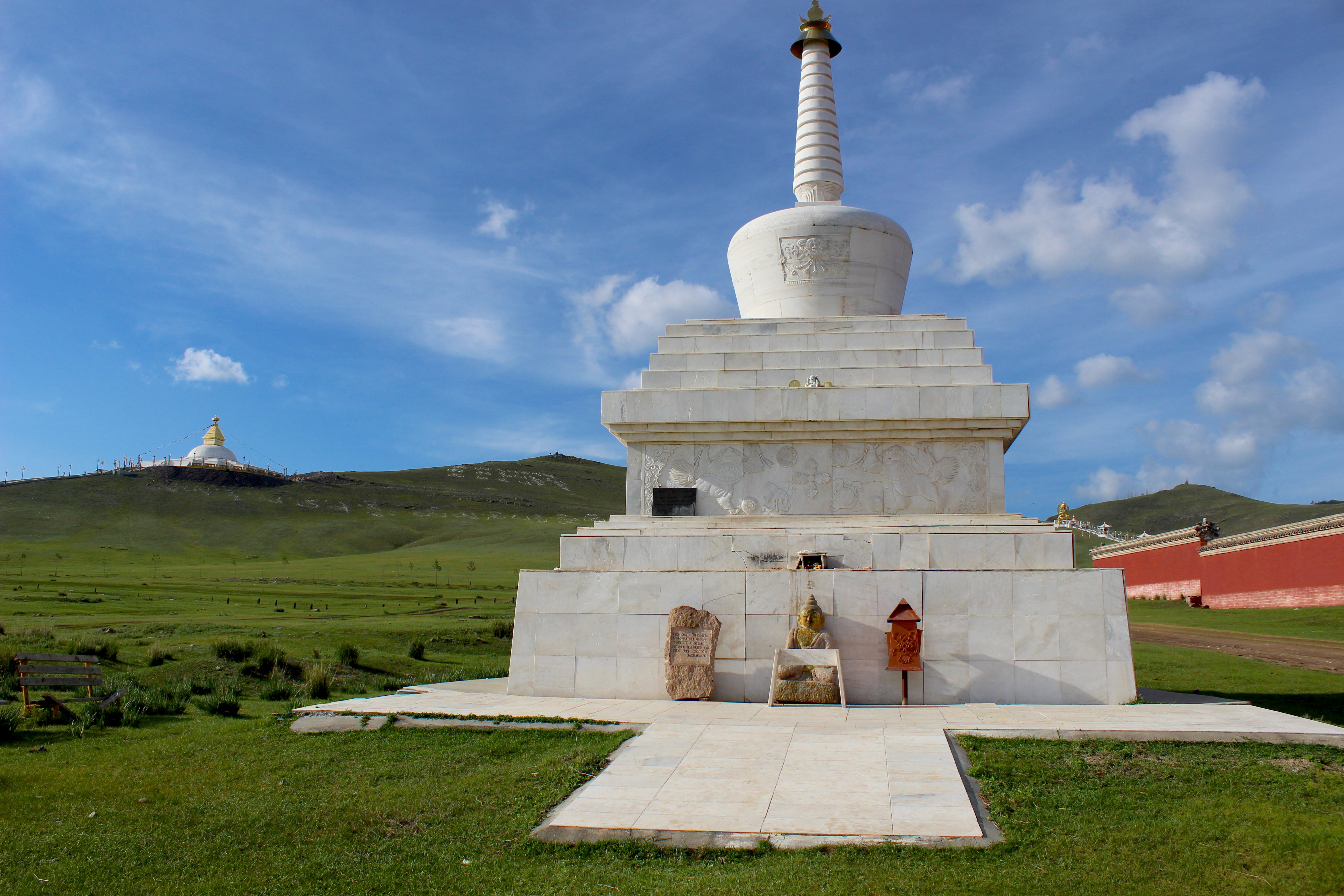


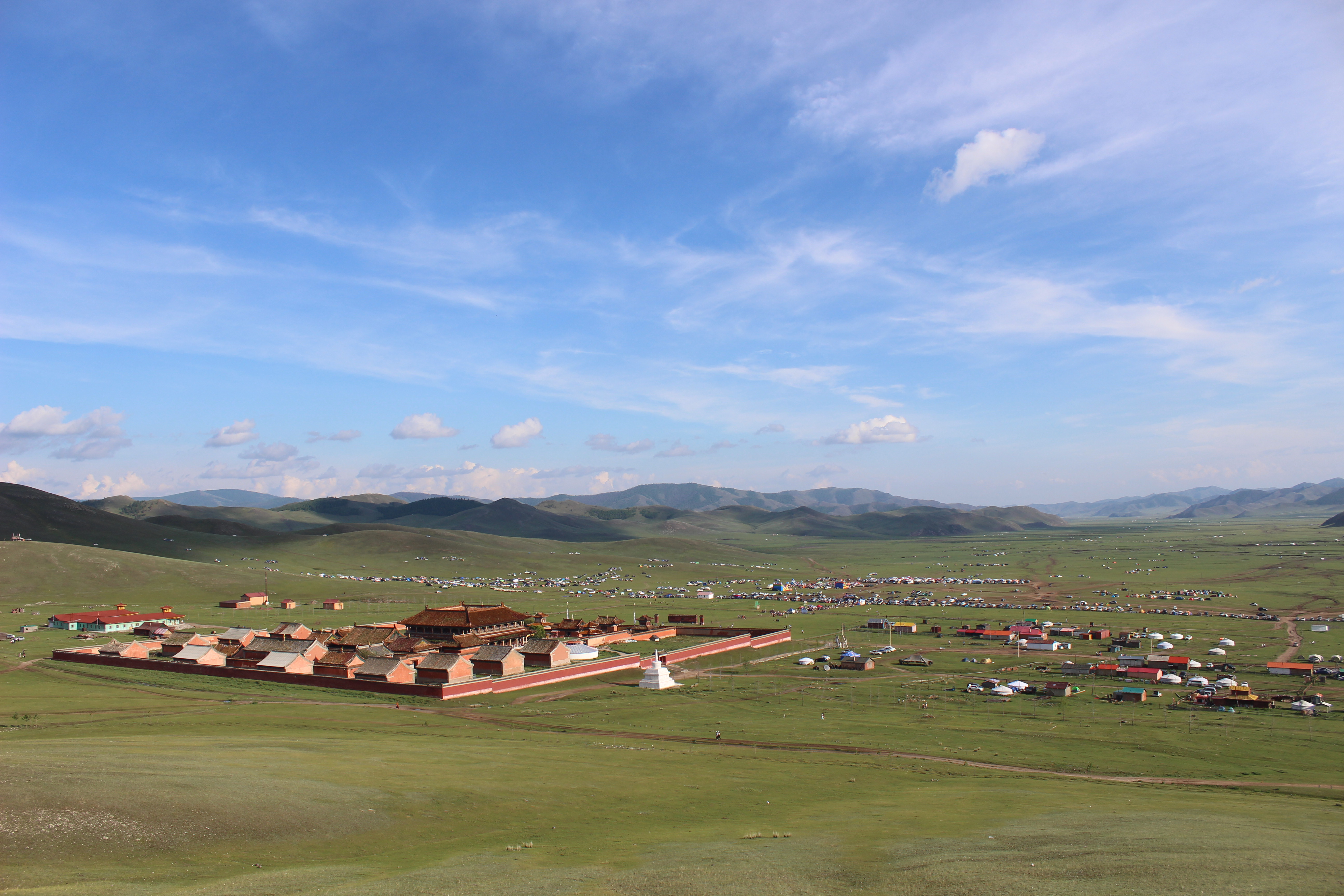





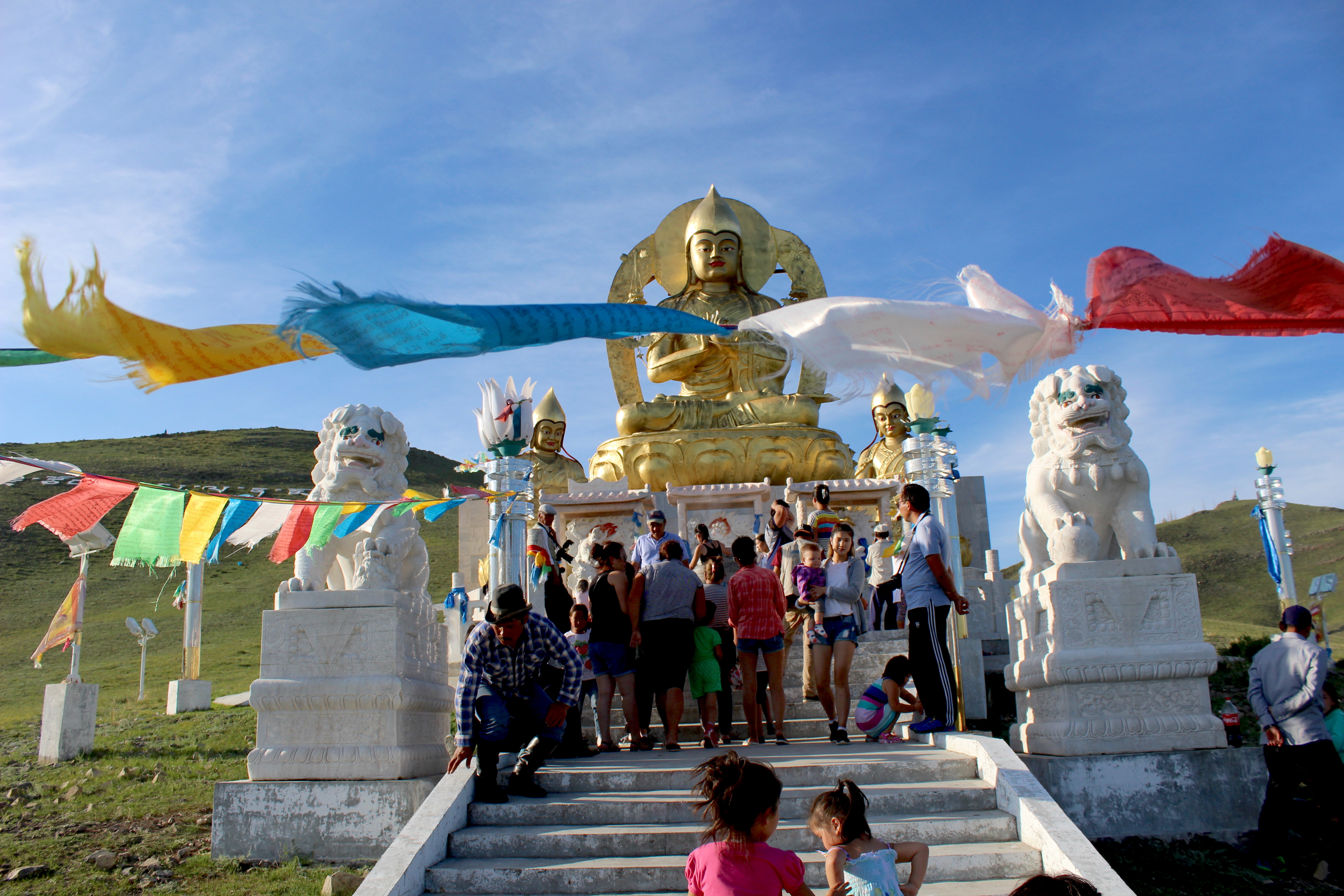
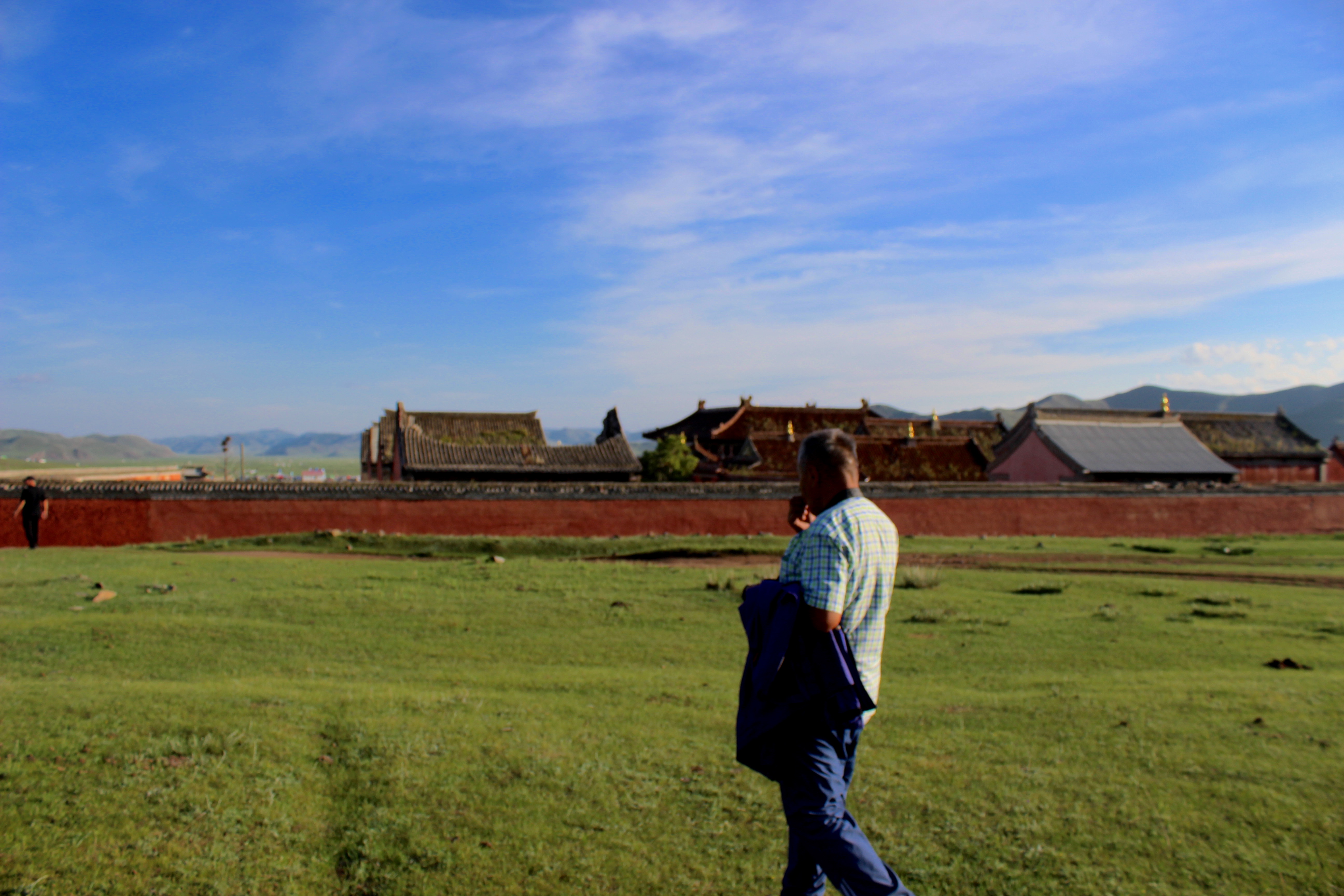





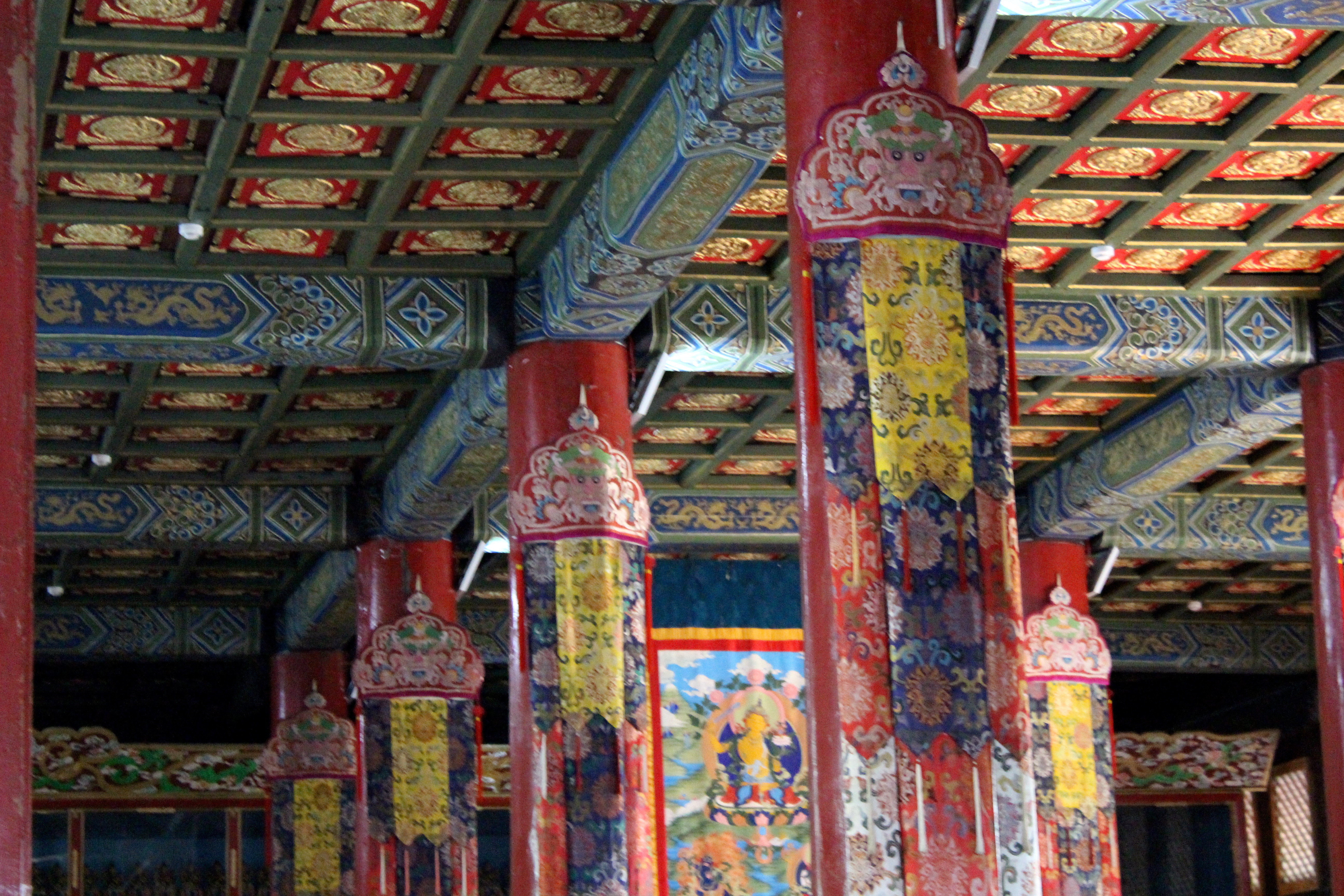


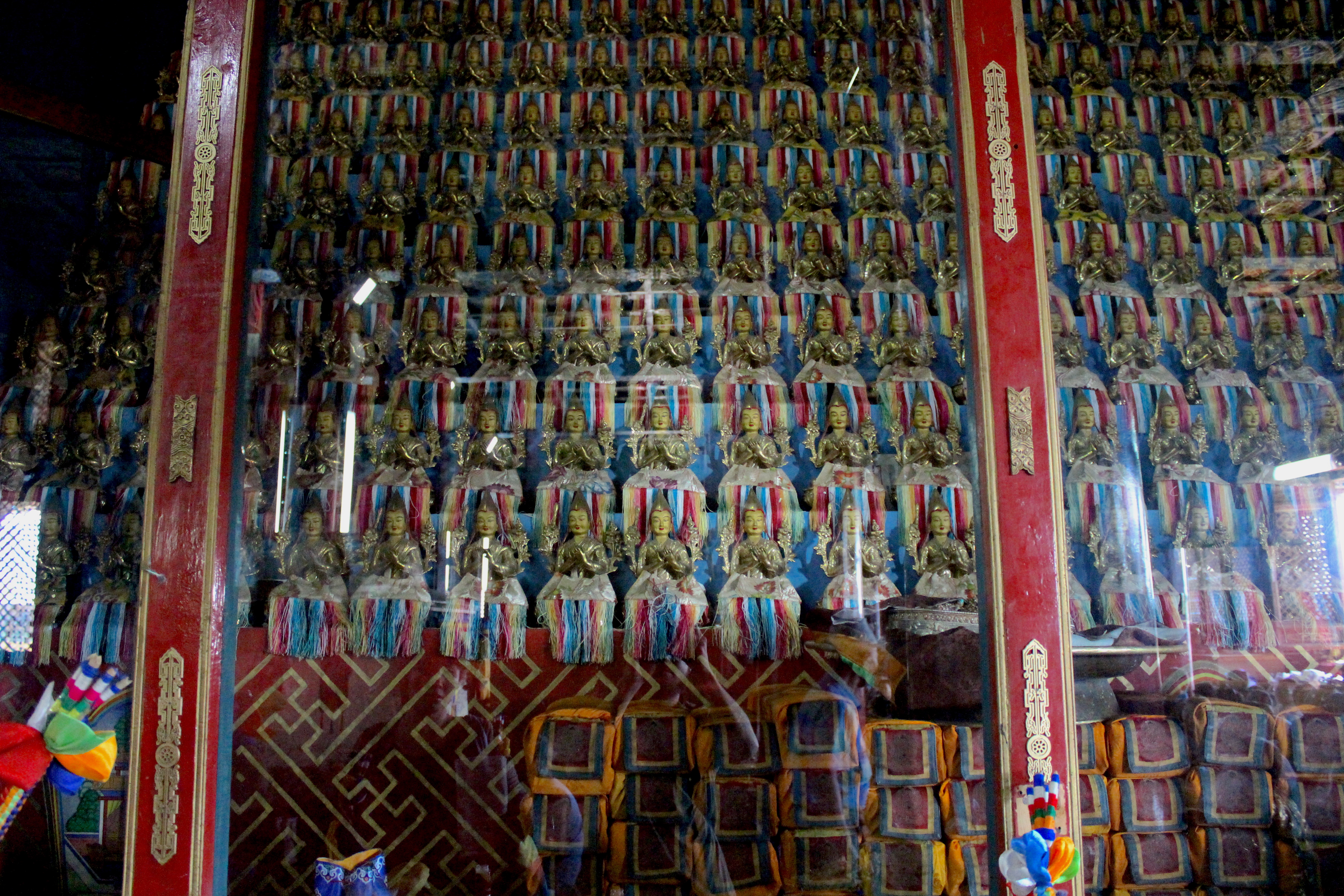



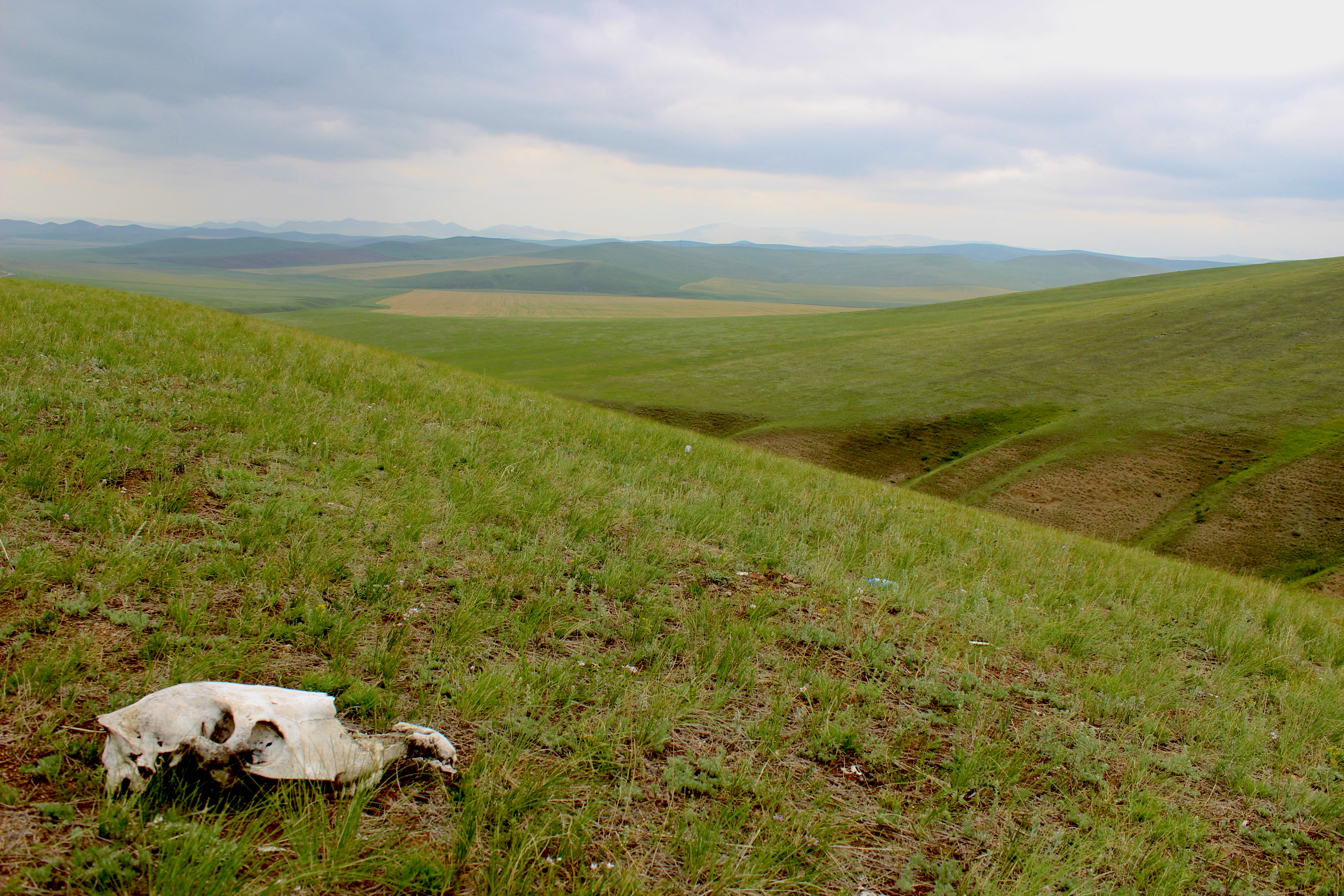

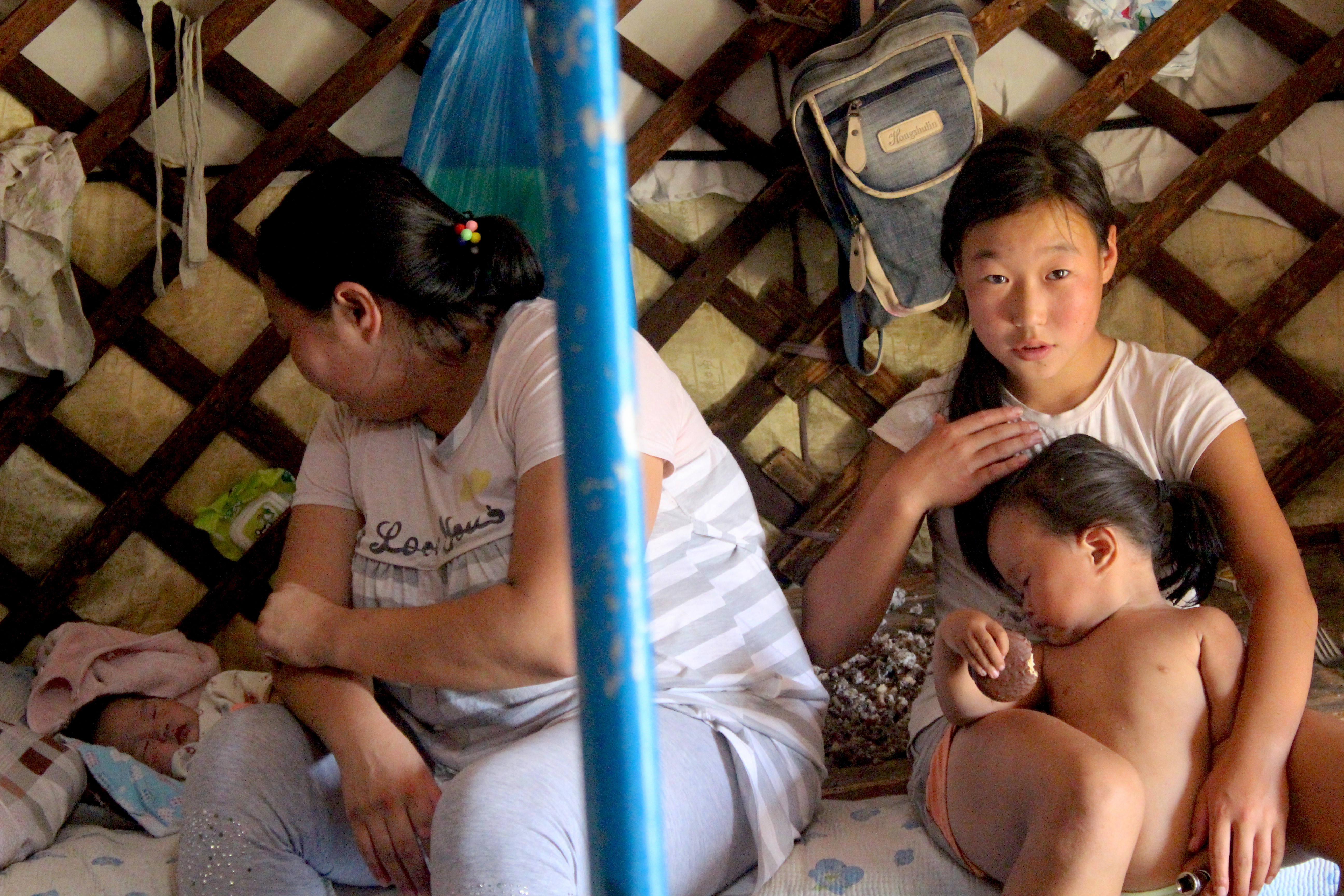



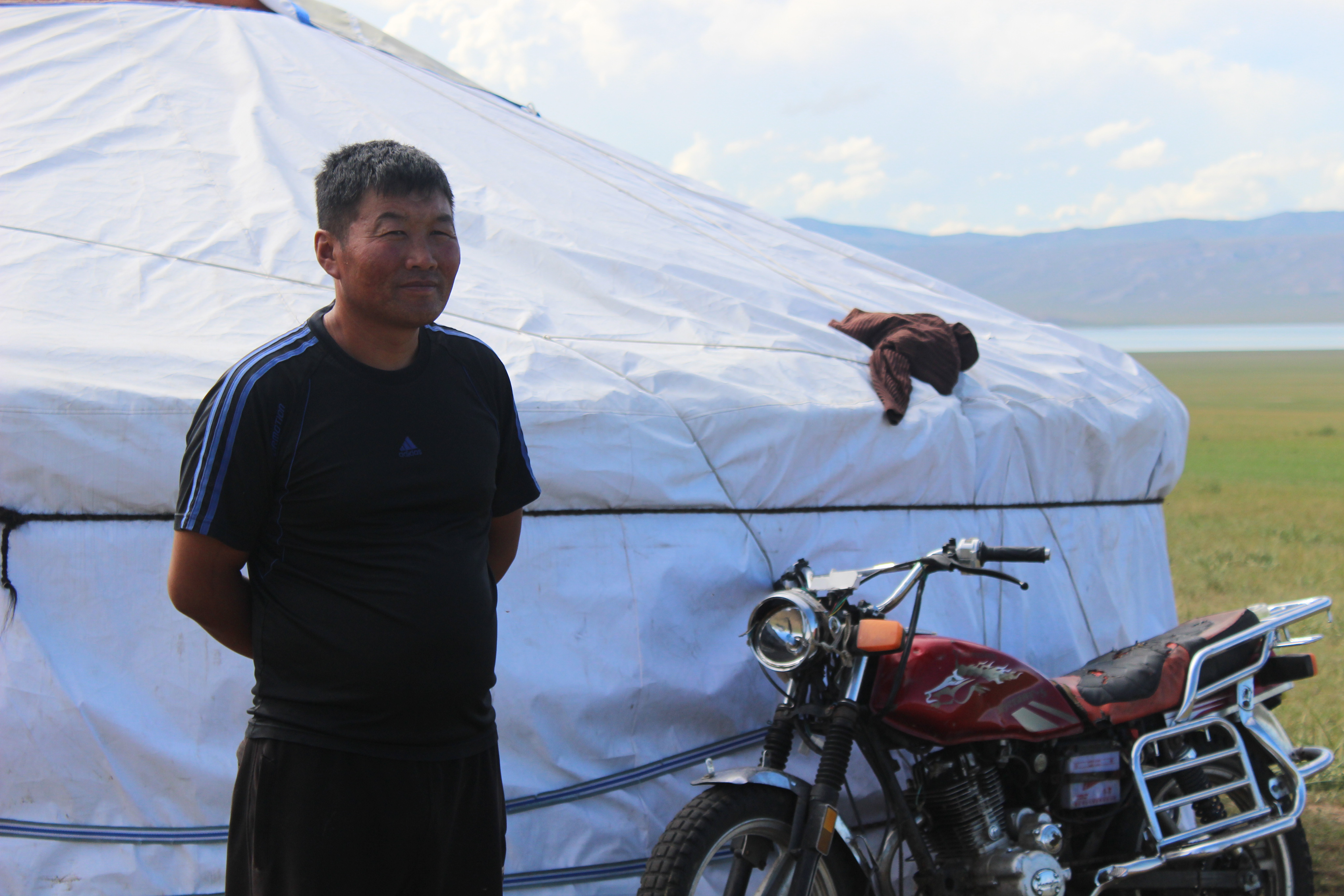


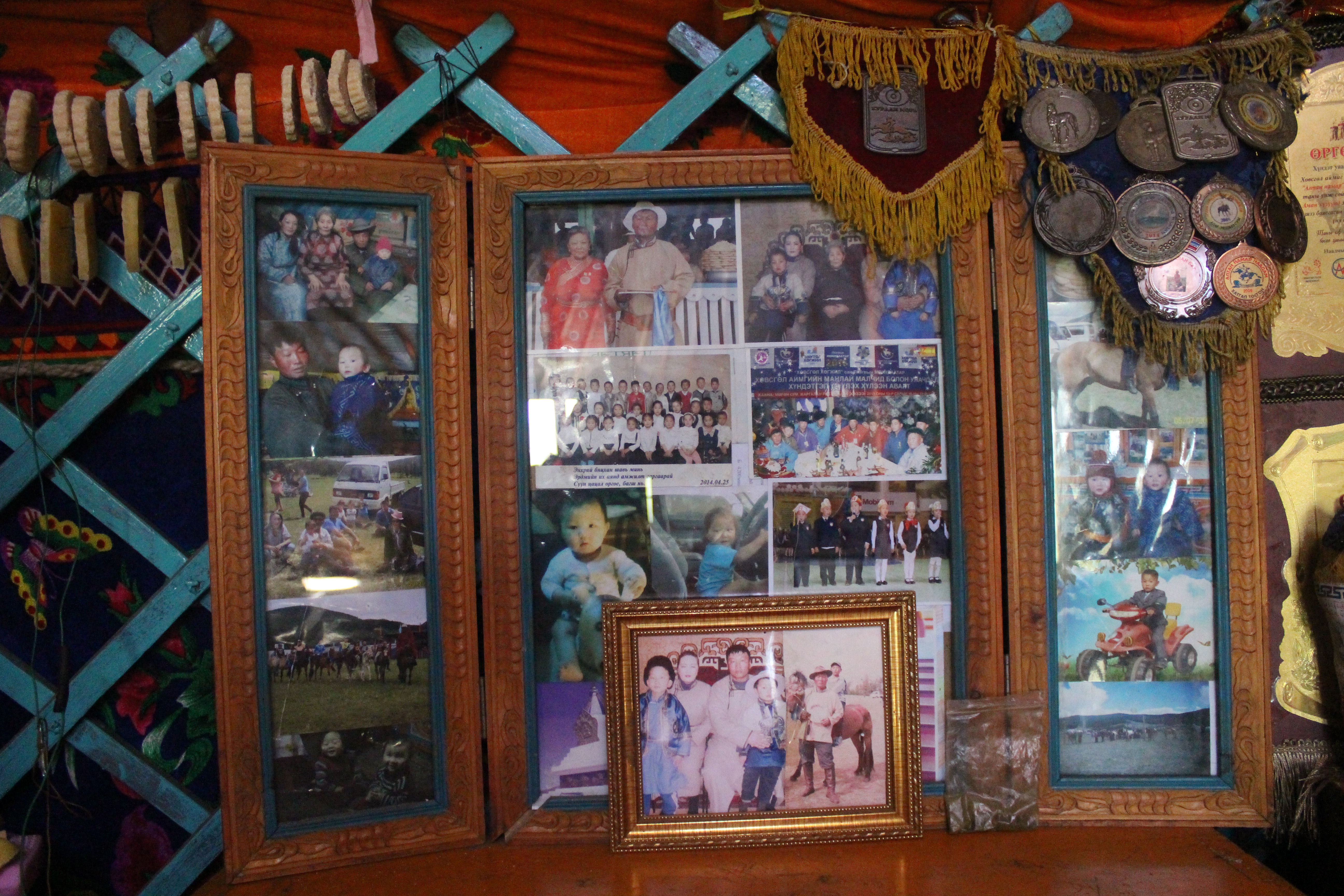


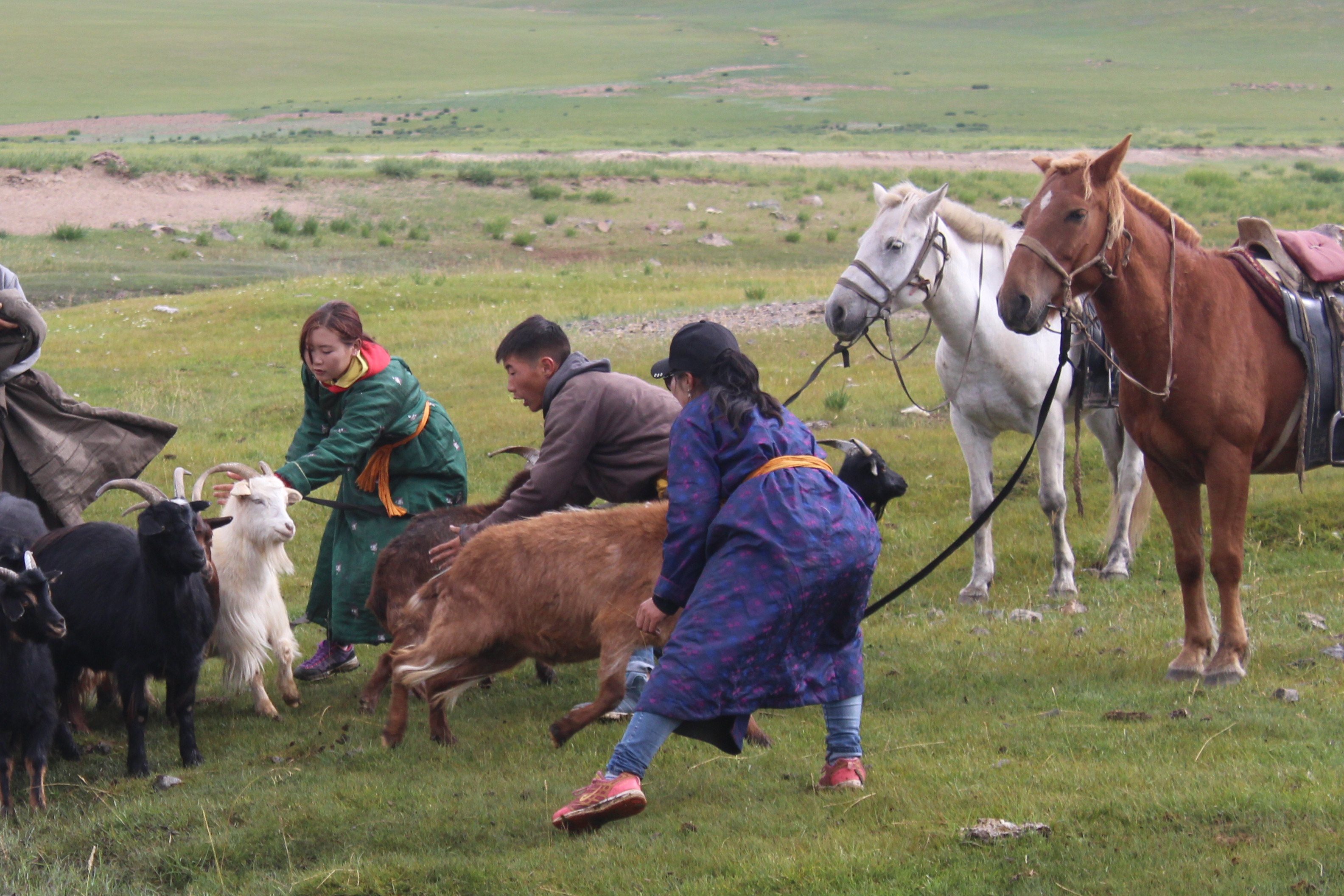



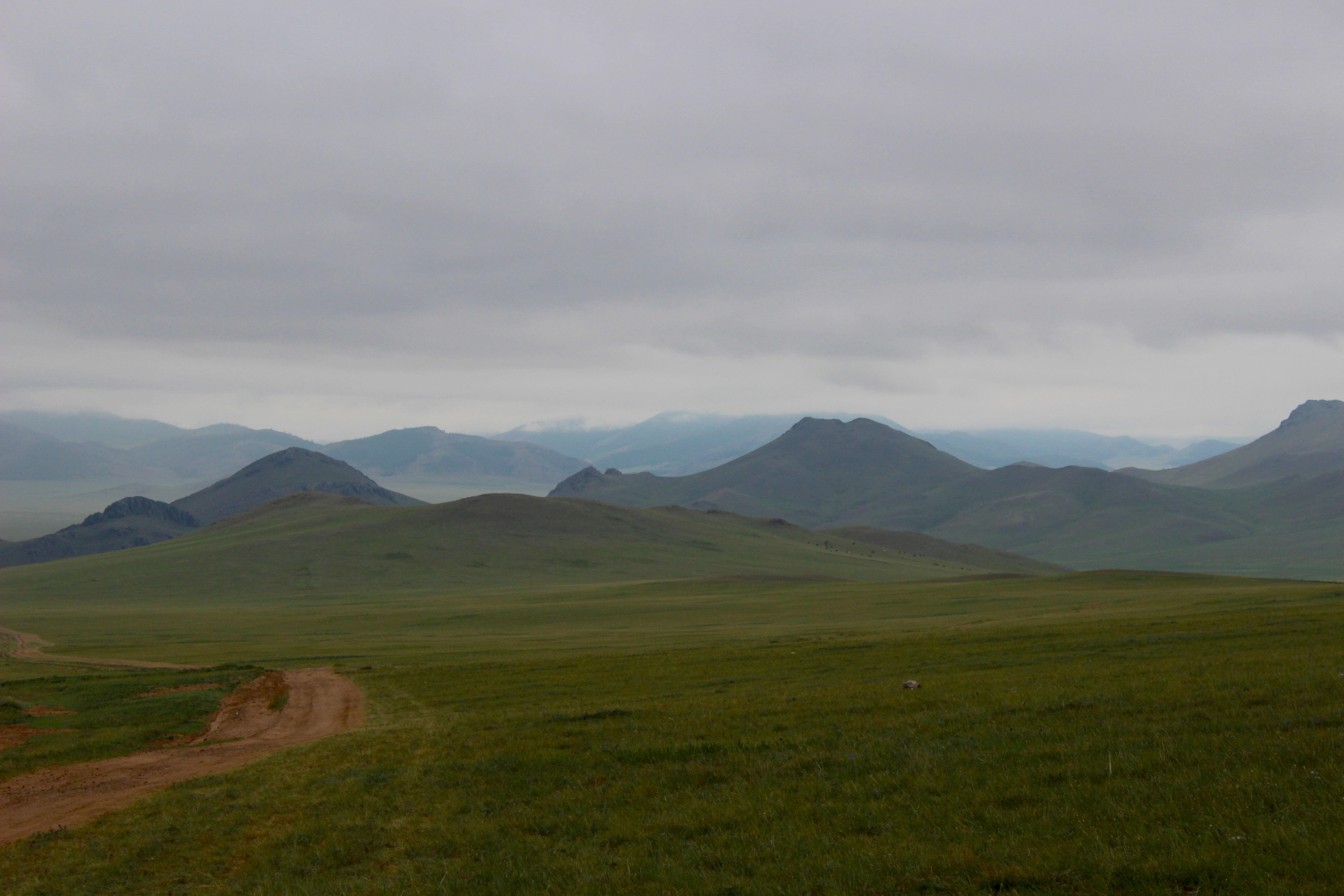






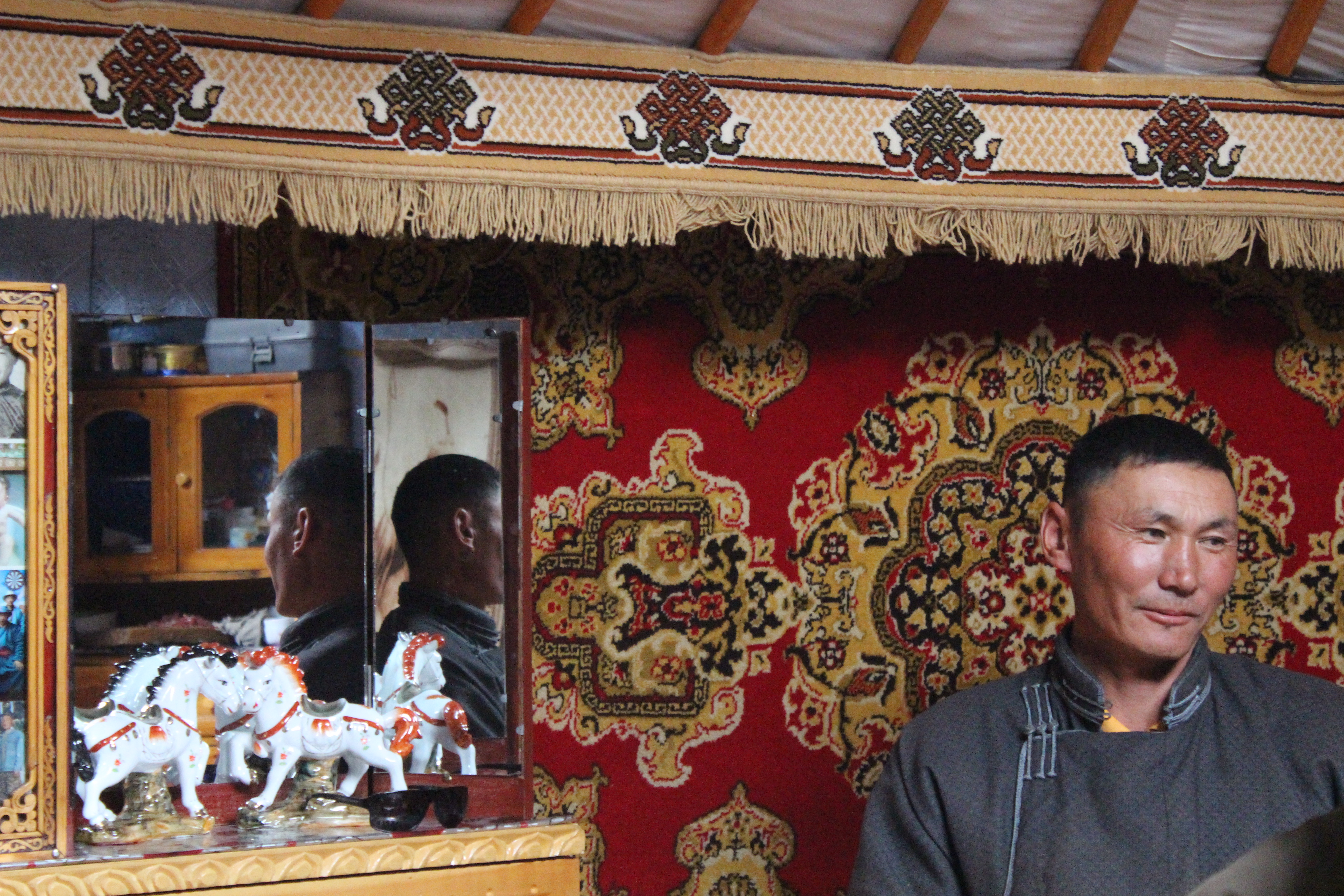


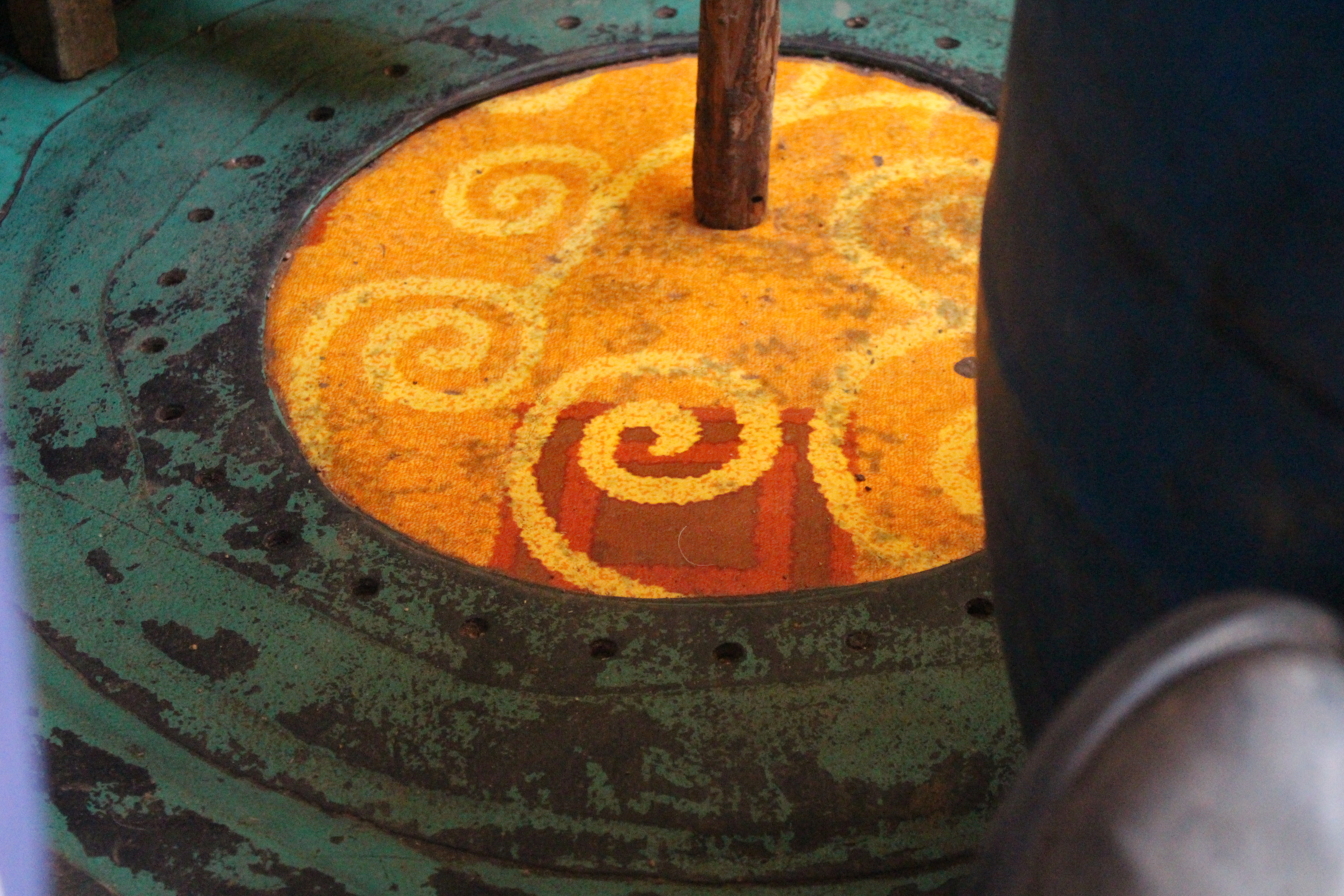
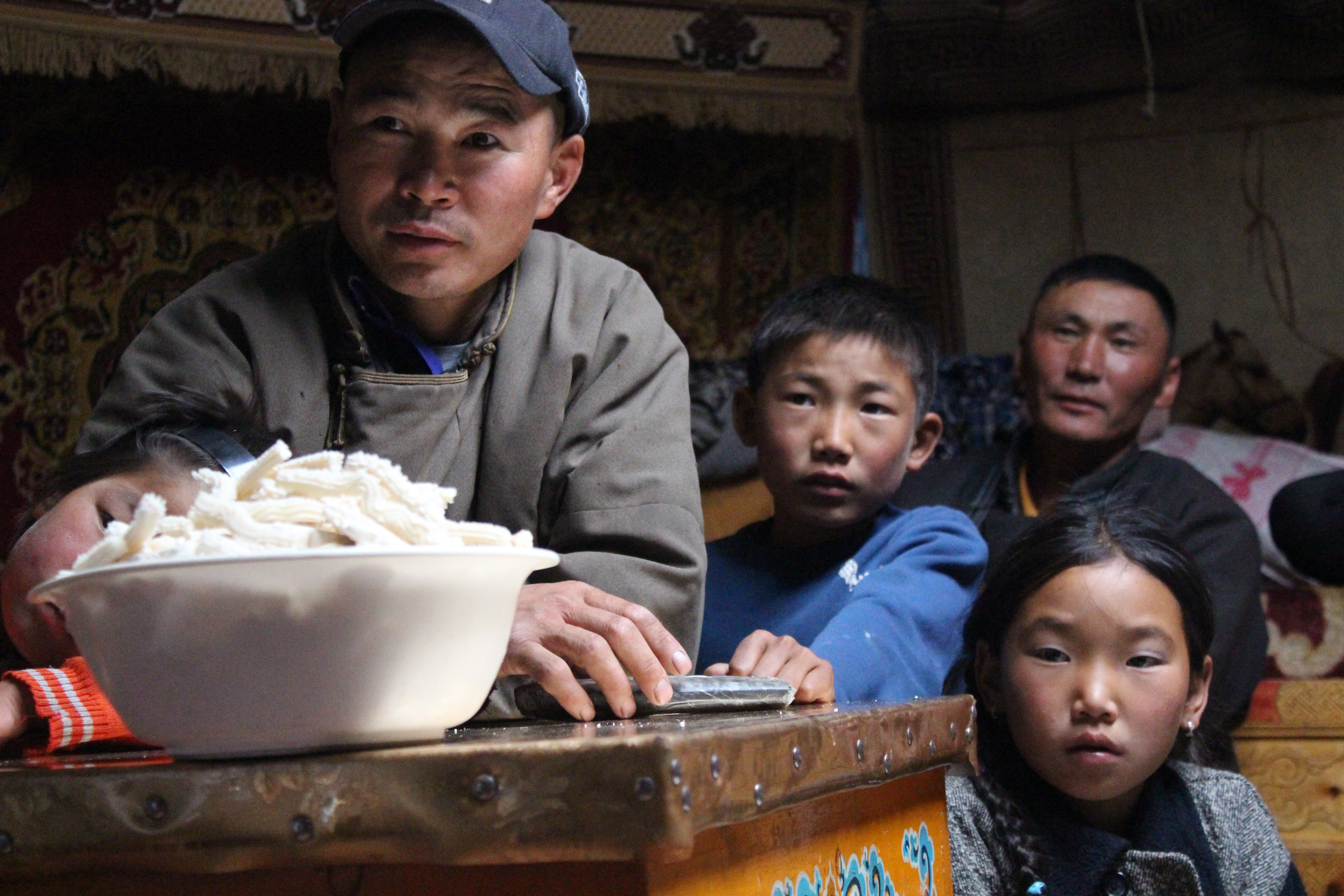
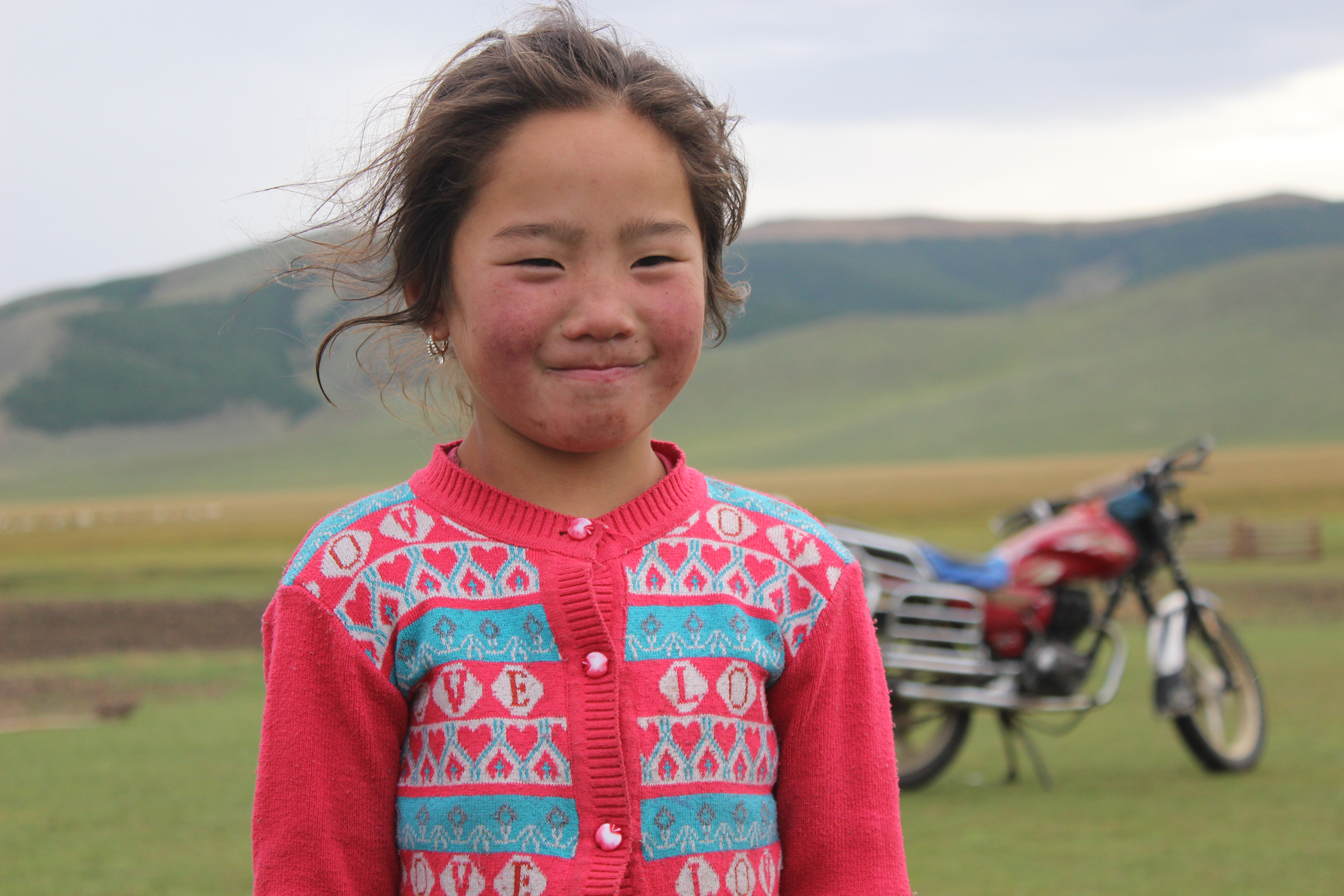


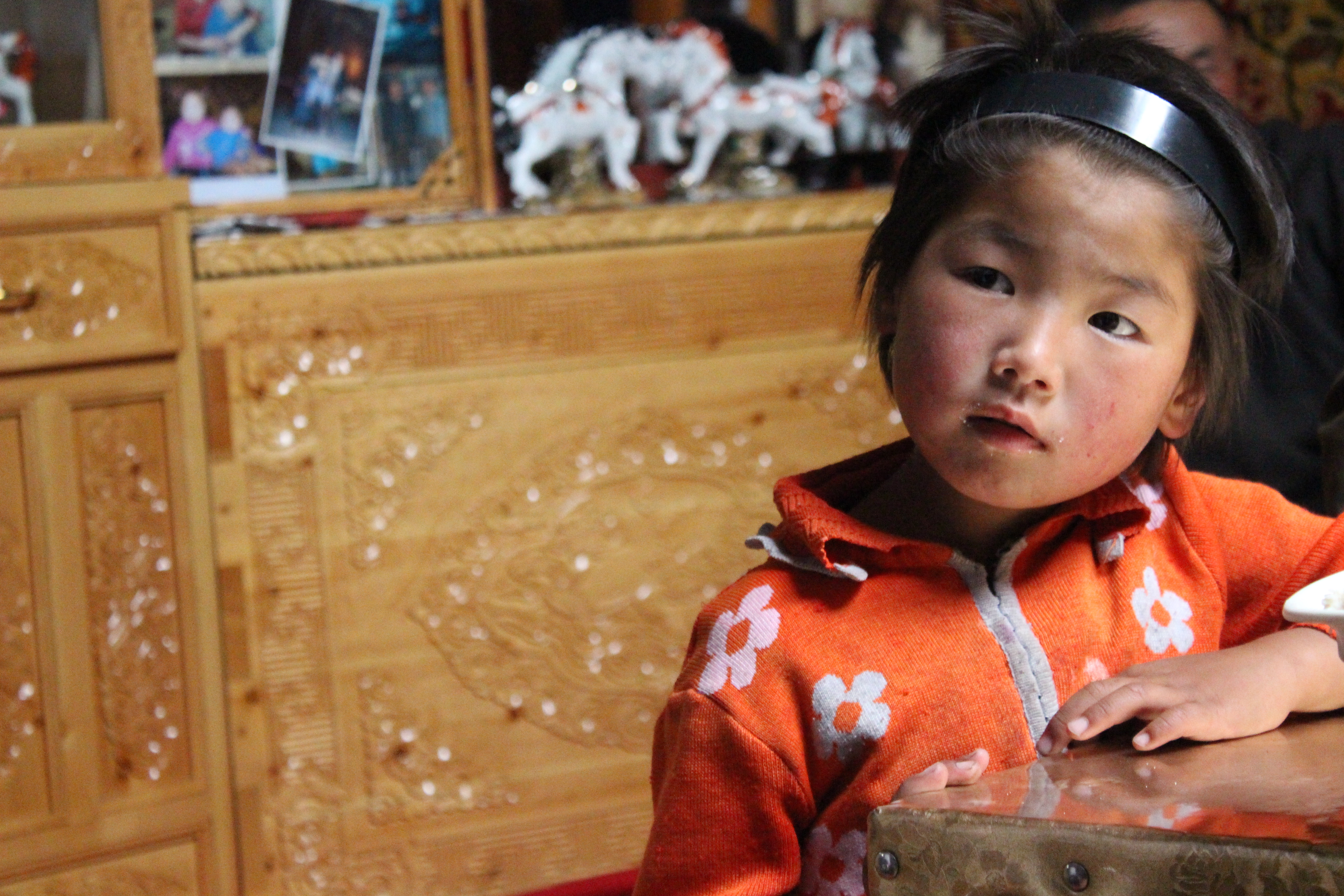
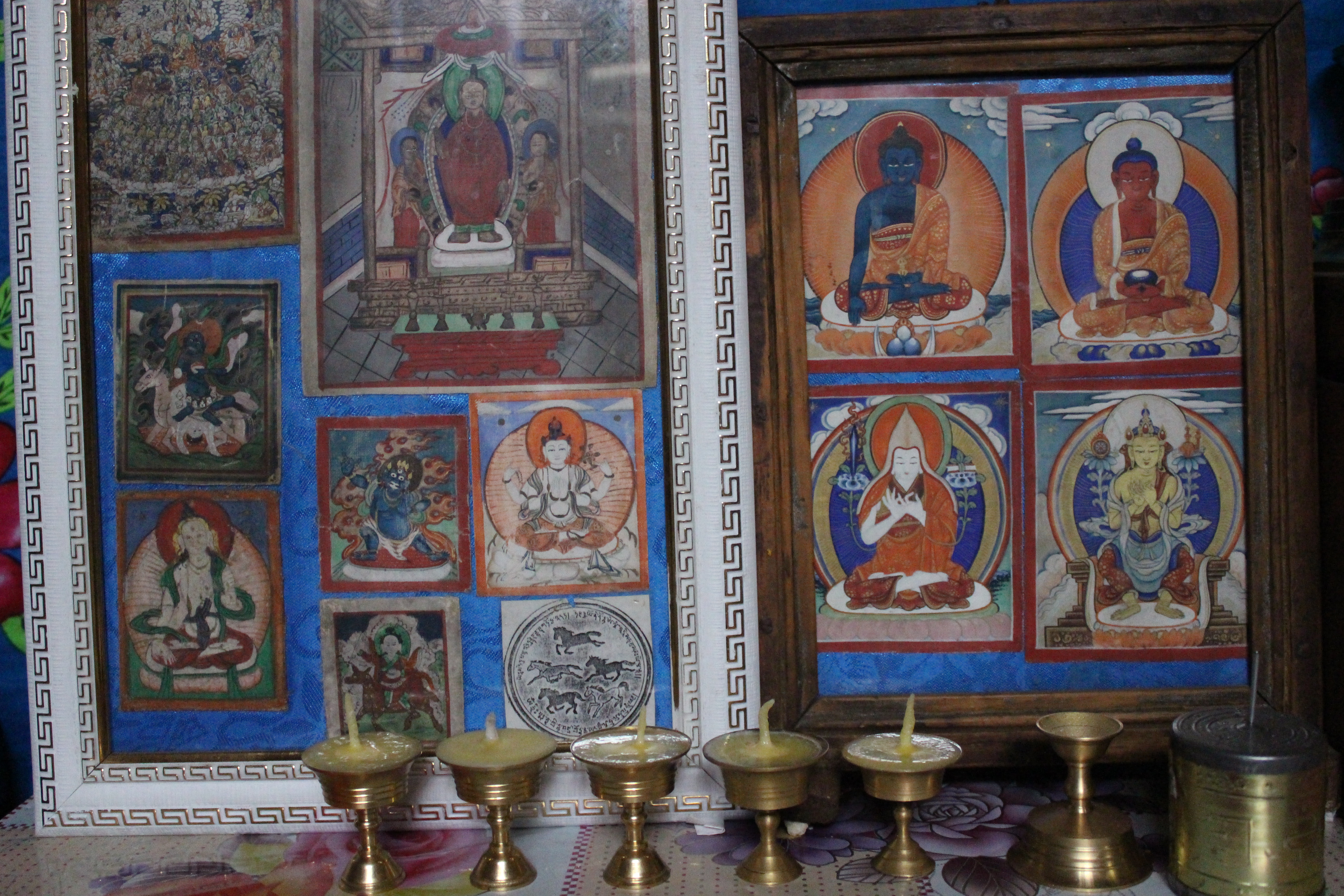

Here is the place where I would like to be reborn. An enchantment!